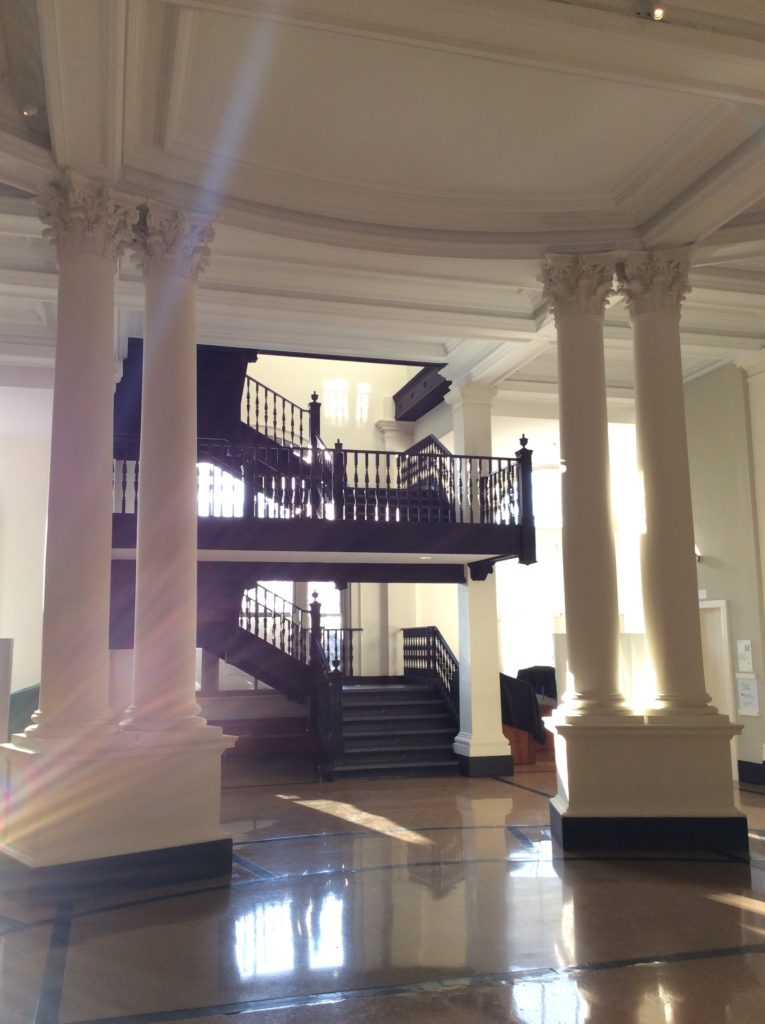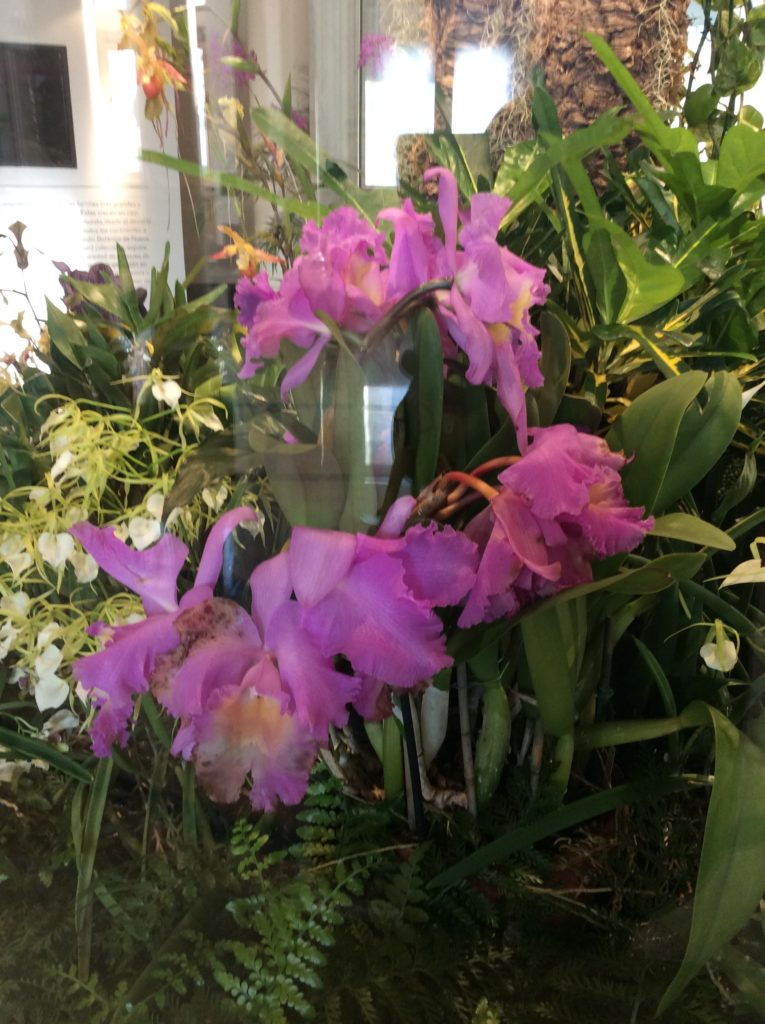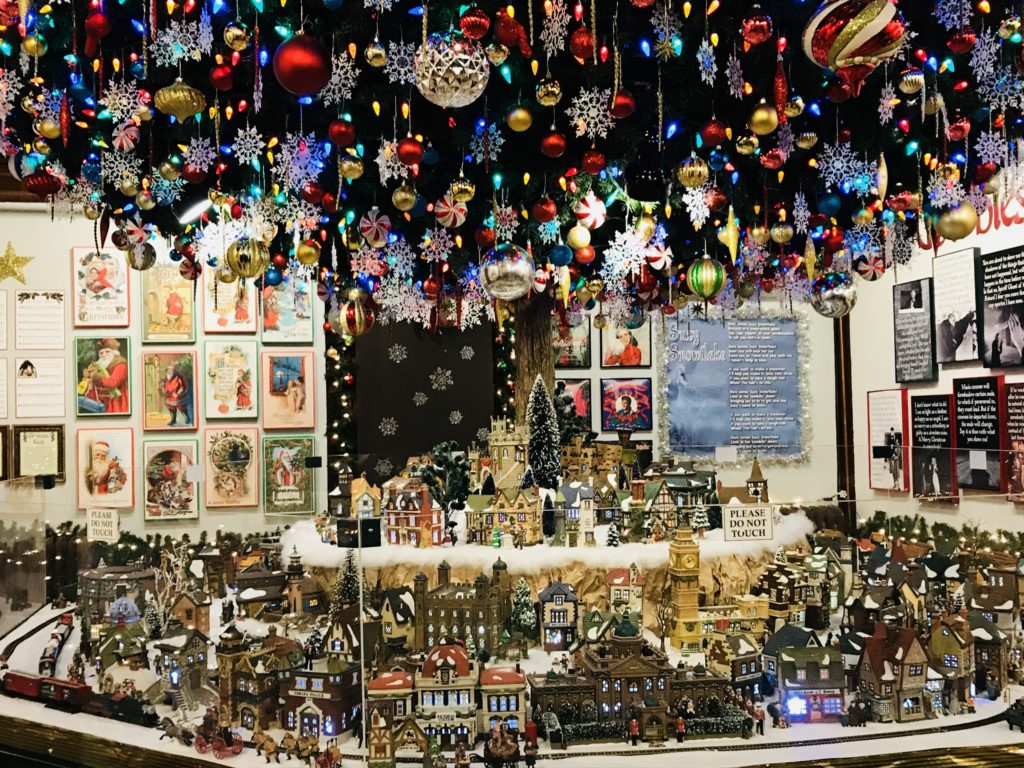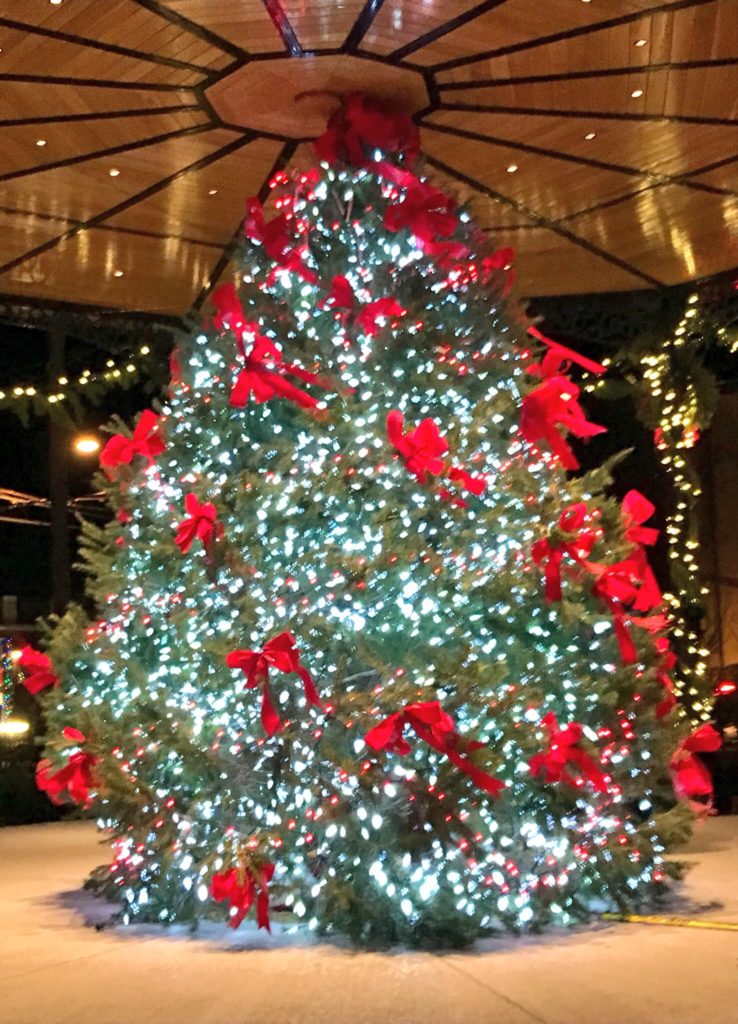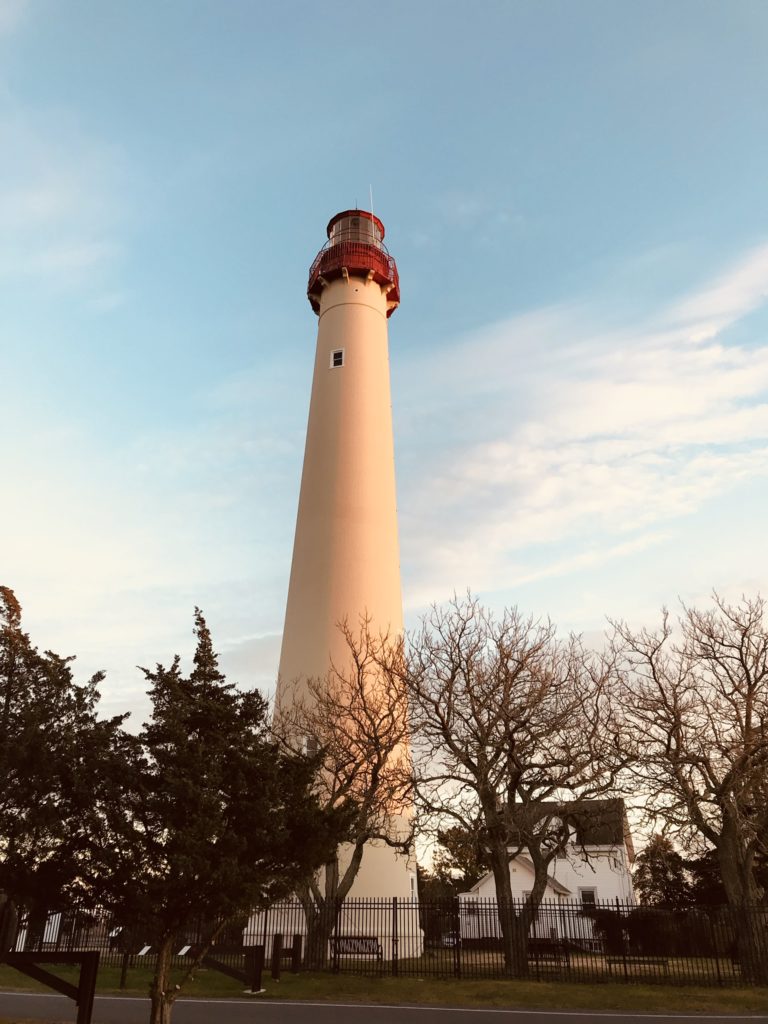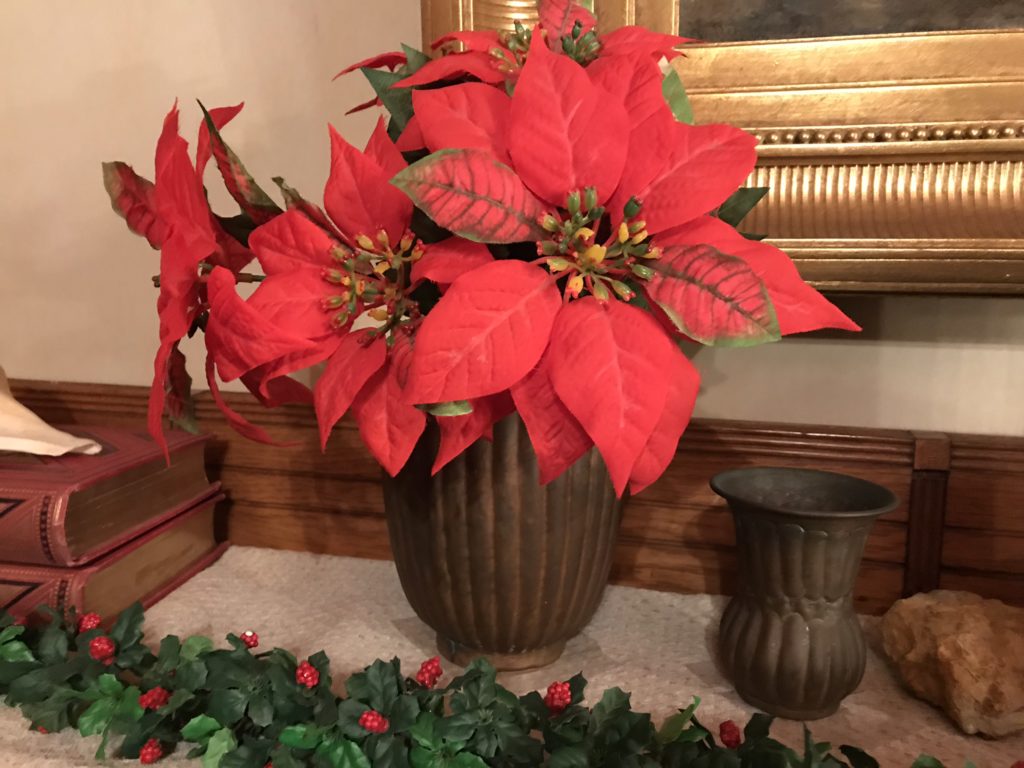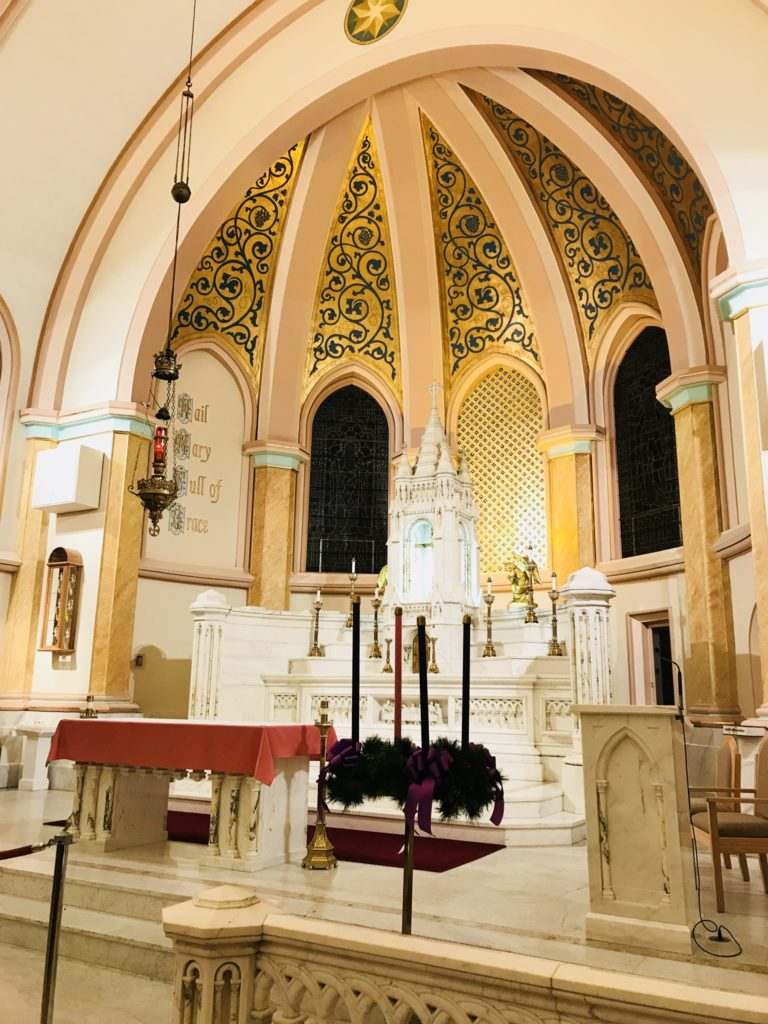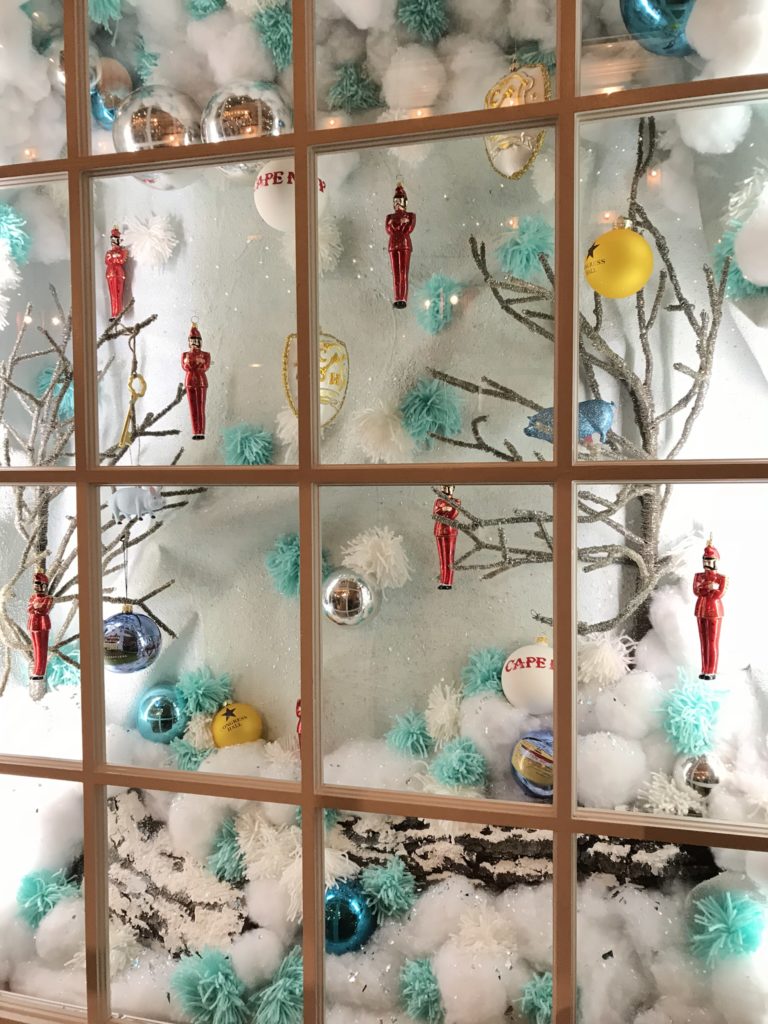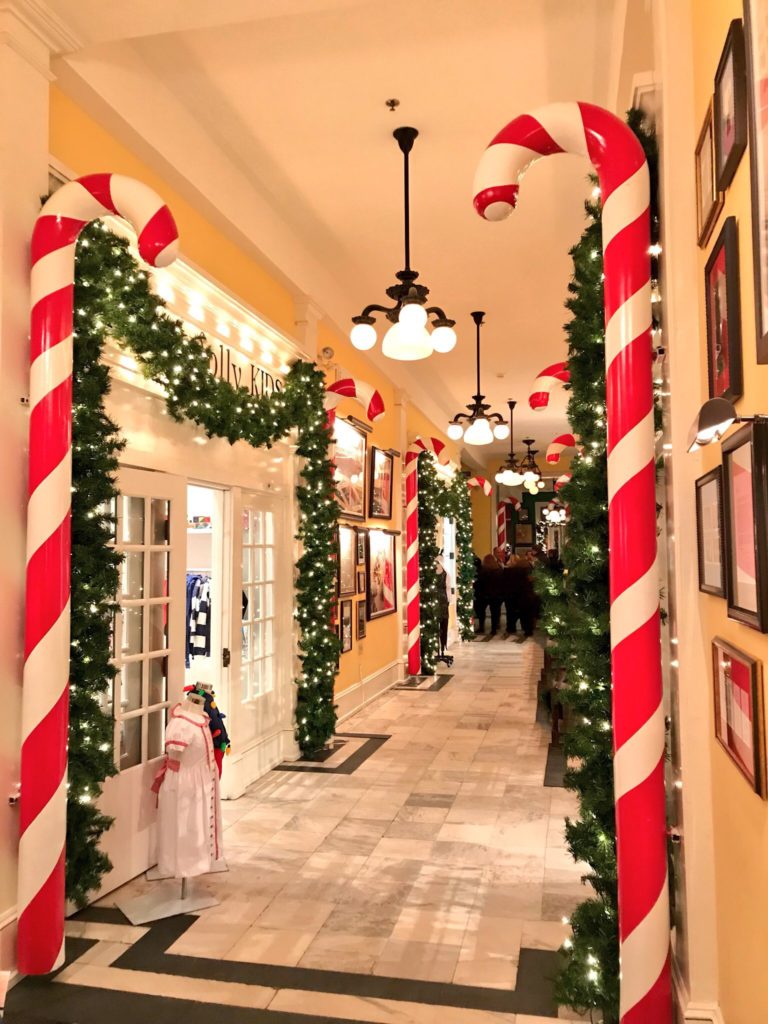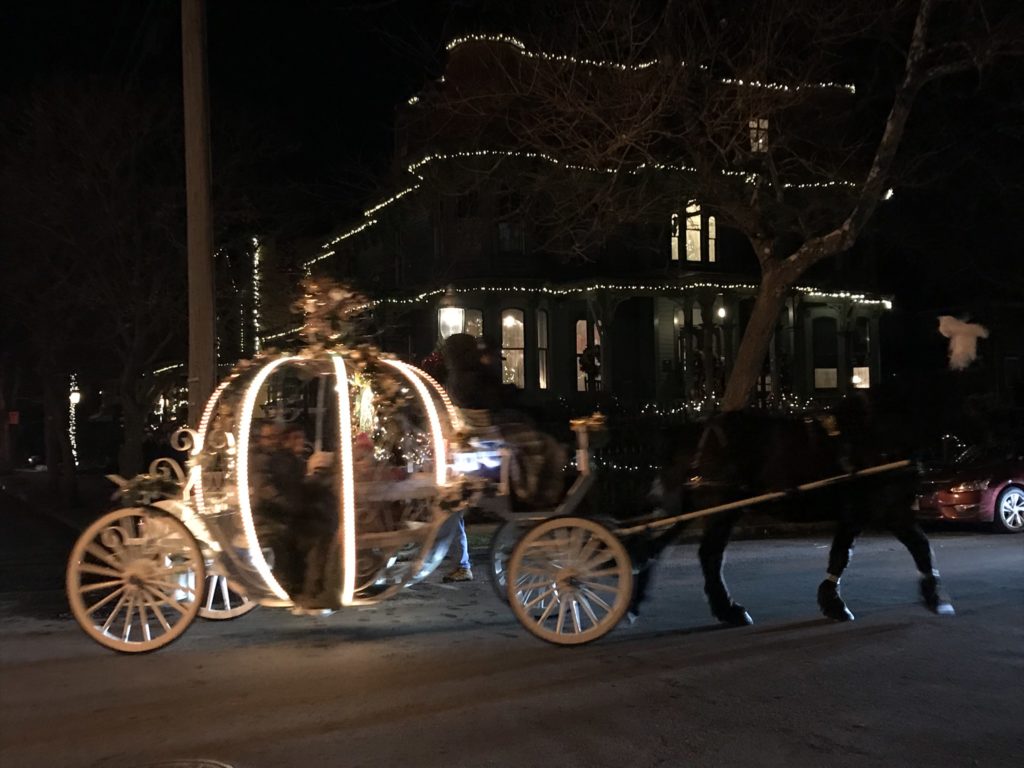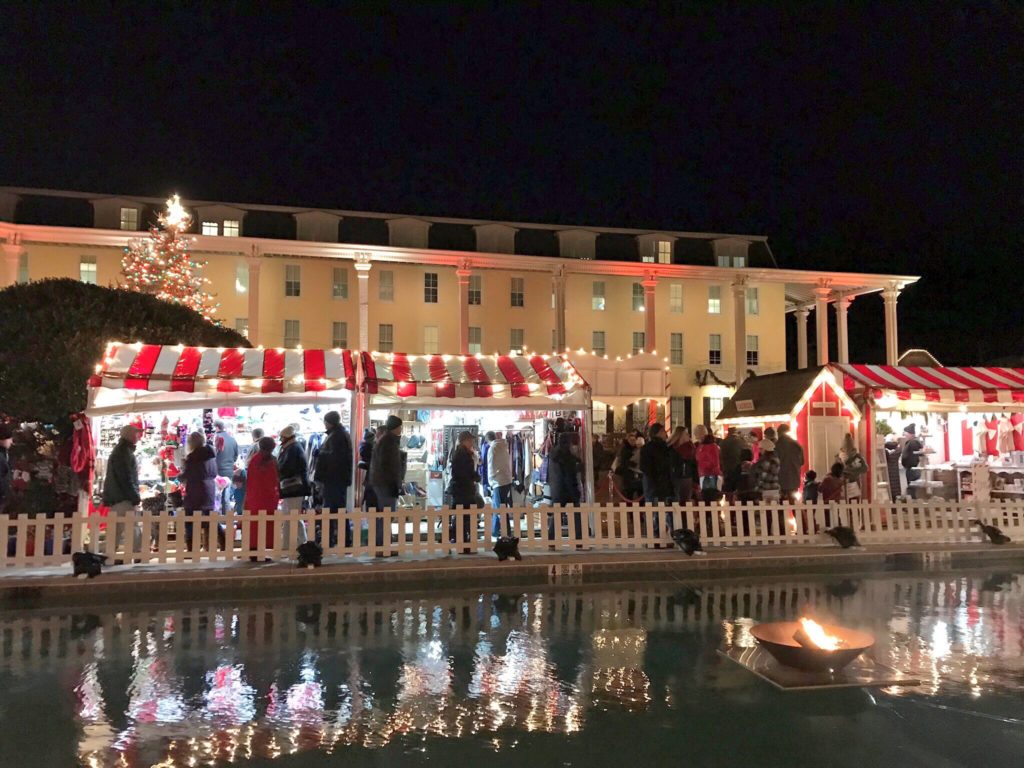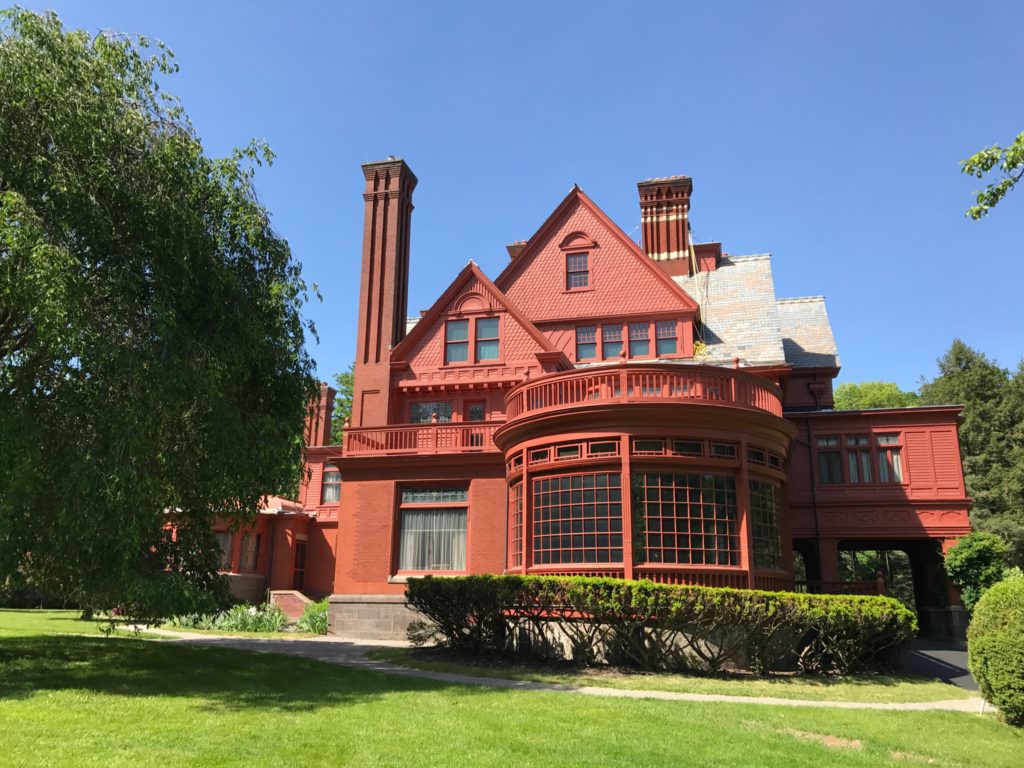
The distinctive Queen Anne Victorian architecture of Glenmont Estate, Edison Family home, West Orange, New Jersey
Thomas Alva Edison, 1847-1931, was world-famous during his life with a name and an impact from his 2,332 global patents that are part of our daily lives to this day. He was not only an inventor but a premier businessman who helped “build America’s economy during the nation’s vulnerable early years”. Some of his inventions are the incandescent light bulb, alkaline storage batteries, the phonograph, the stock ticker, the telegraph, the Kinetograph (a movie camera), concrete, and miners’ helmets that helped save lives. Today, we also know him from the photos of the preoccupied man in endearingly wrinkled suits and his insightful quotes of hard-won wisdom.
Young Edison
“I find out what the world needs. Then I go ahead and try to invent it.”
Born in Milan, Ohio, he was brought up there and in Port Huron, Michigan. As a child, he showed a remarkable liveliness and curiosity which served him well in life. A bout with scarlet fever resulted in some hearing loss, but in spite of this, he demonstrated his enterprising nature at only 12 years old. When selling newspapers to railroad passengers to fund his boyhood experiments, he created his own paper with local news – his first success. While conducting lab experiments on a train car, he started a fire, and though the story varied over the years, a conductor reportedly hit him on the side of the head causing further hearing loss. Though his experiments did not sit well with the conductors, his hearing loss was likely congenital as one of his sons had the same. This makes Edison’s later invention of the phonograph all the more remarkable.
Though accounts vary, Thomas had only a few months of formal schooling. Due to his hearing loss and incredible energy, formal schools of his time were not a fit. His mother, a former teacher, instructed him at home and instilled in him the habits of research and continuous learning. Much of his knowledge was self-taught, derived from his ongoing experiments at all hours of the day and night. Thomas felt that his lack of hearing helped him work long hours, not distracted by background sound, and to sleep better.
The railroad was Thomas’s making combined with his own heroism. When he was 15, he saved a three-year-old from being run over by a train. A grateful father showed Thomas how to operate a telegraph, which opened the door to the world of electrical science.
At 19, Thomas went to Boston to work for Western Union to help support his struggling family back in Michigan. He invented the Electrical Vote Recorder for the city legislature, which they rejected because it worked too well. The machine counted the votes quickly and this left legislators with no opportunity to “change minds” before voting. Though the context may have its humor, this resulted in financial failure for Thomas. The experience taught him a valuable lesson in business – one should create things for which there is a clear market.
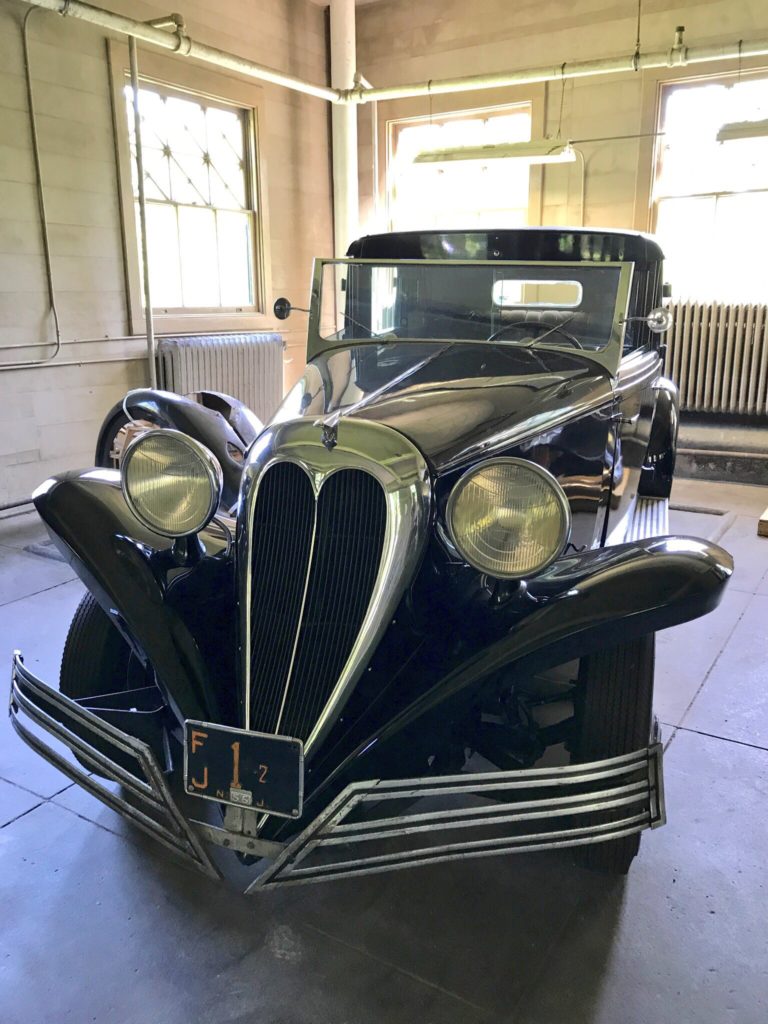
After Thomas’s success: Brewster Ford Town Car, 1936, Edison family car at Glenmont Estate at Thomas Edison Historical Park
New Jersey
Elizabeth and Newark
“We should remember that good fortune often happens when opportunity meets with preparation.”
Boston led to New York in 1869, where at 24, Thomas Edison invented an upgraded stock ticker for which there was a definite, immediate market. As he did later with the light bulb, Thomas improved upon the basic idea of another inventor that gave the invention practical, everyday use. Edison developed his Universal Stock Ticker in the company he formed with inventor and mentor Franklin Leonard Pope. Pope had allowed the young man to live in his home in Elizabeth, New Jersey when the struggling young Thomas had arrived two years earlier. The success of his stock ticker prompted Thomas to quit his job and start inventing full-time at his own lab in Newark, New Jersey. In Newark, Thomas discovered “‘etheric force’ —the electromagnetic waves later used in wireless and radio transmissions.”
Thomas Edison Memorial and State Park
Menlo Park, renamed “Edison,” New Jersey
“I haven’t failed, I have just found 10,000 ways that won’t work.”
The Newark lab quickly expanded, resulting in a move to Central New Jersey and the Menlo Park neighborhood of Raritan Township. Raritan Township later became Edison Township, named after Thomas Edison in 1954. Interestingly, his original surname was Dutch and spelled, “Edeson,” and his father’s family had lived in New Jersey years earlier.
In the Menlo Park laboratory in 1878, after much trial and error, Thomas heard a recitation of his childhood favorite “Mary, Had a Little Lamb” return to him in his own voice. Replayed on simple tinfoil, this achievement was to memory, experience, and perhaps identity, what Princeton’s Albert Einstein’s gravitational waves were to infinity. From this, Thomas became known around the world as “The Wizard of Menlo Park” and Menlo Park as the “Birthplace of Recorded Sound” and “The Invention Factory”. The ripple effect of invention resulted in world fame for another New Jerseyan, Princeton and Somerville’s Paul Robeson. Thomas Edison’s phonograph took Paul Robeson’s voice beyond concert halls into homes in an ideal partnership of technology and art.
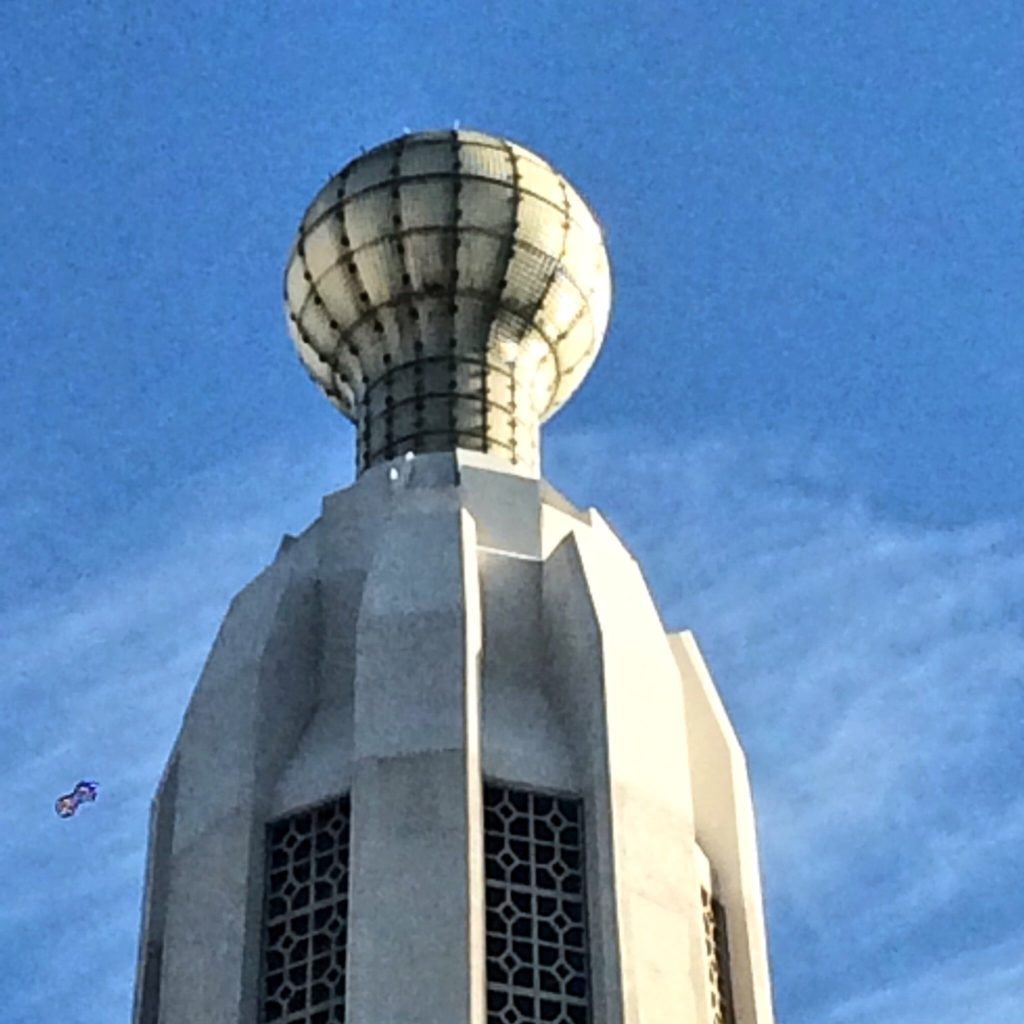
Art Deco style of Thomas Alva Edison Memorial Tower designed by Gabriel Francois Massena and Alfred E. duPont.

Thomas Edison Memorial Tower, dedicated on February 11, 1939, what would have been Thomas’s 91st birthday. The tower marks the site of the world’s first research laboratories.
Edison, New Jersey honors the inventor not only with the city’s name, but Thomas Alva Edison Memorial Tower in Edison State Park with its gleaming light, a beacon to invention on the site of Thomas Edison’s first research center where he perfected the light bulb for everyday use. At the Menlo Park lab, he acquired 400 patents in six years and made the cement that laid the foundation for the first Yankee Stadium where New Jersey residents Yogi Berra, Elston Howard, and Phil Rizzuto played. Sadly, Thomas’s young wife Mary died, leaving him with three small children. The laboratories fell into disuse until the last two were moved to Dearborn, Michigan at Henry Ford’s request. For more information on the Menlo Park lab, visit: Thomas Edison Memorial Tower and Park.
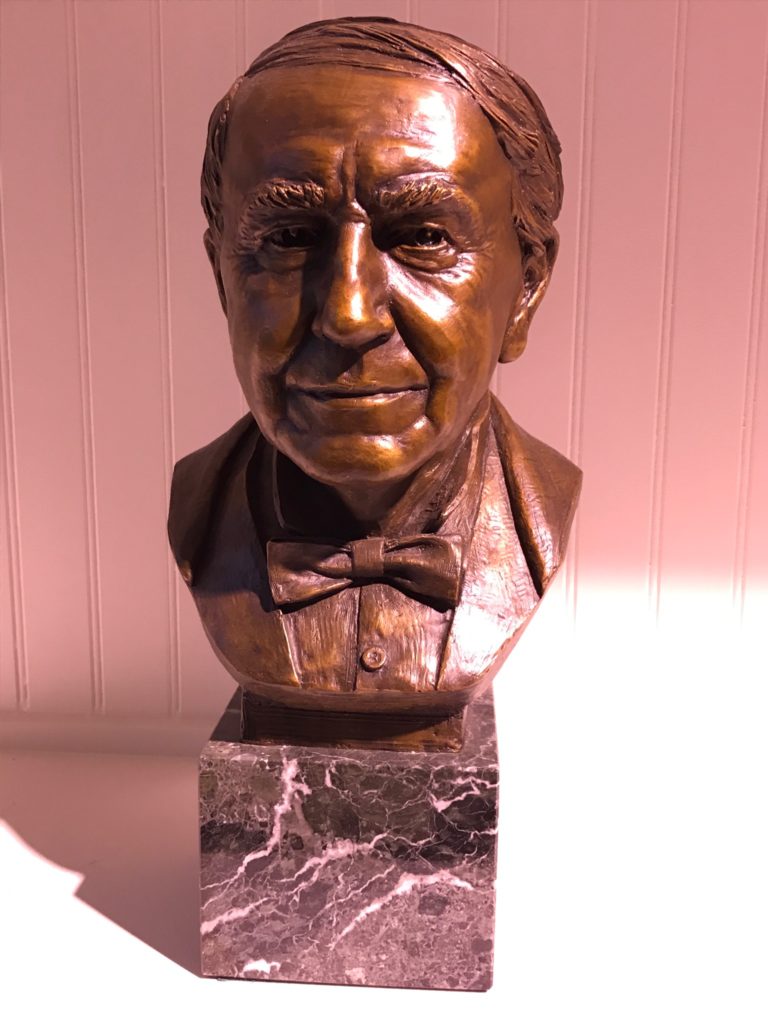
Thomas Edison bust at Thomas Edison National Historical Park
Thomas Edison National Historical Park
Laboratory and Film Studio, West Orange, New Jersey
“I am not discouraged, because every wrong attempt discarded is another step forward.”
What you might not expect at Thomas Edison’s West Orange research complex is an incredible, elegant library. The laboratory itself looks more like a warehouse, but does not disappoint. As it was at Menlo Park, it was not unusual to find both staff and Thomas Edison working all night. The collegial atmosphere included a pipe organ and a pool table for breaks.

Library at the Thomas Edison National Historical Park, West Orange
The world’s first film studio onsite was a small, rotating box with a retractable roof, the Black Maria, another marvel at Thomas Edison National Historic Park. The nickname for the studio came from Edison’s staff because of its resemblance to the horse-drawn police wagons of the time. The name now commemorates not only the studio in West Orange, but short works by diverse young filmmakers throughout the state, sponsored by New Jersey City University.
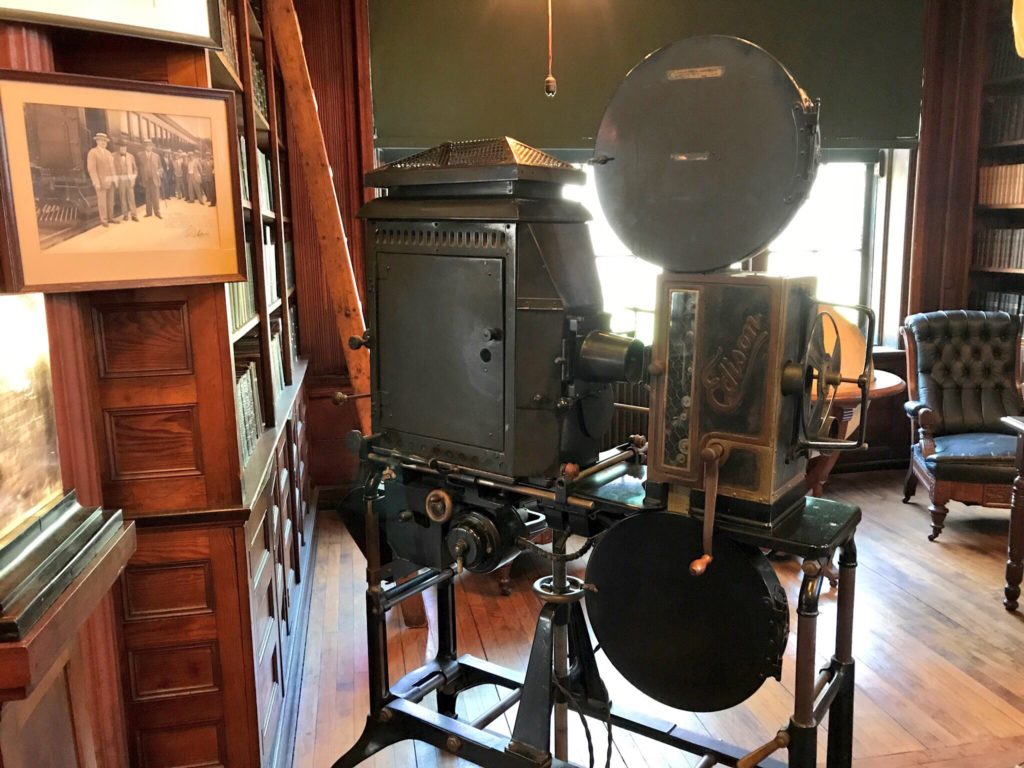
One of the first movie cameras, Thomas Edison National Historical Park
Annie Oakley and her husband Frank E. Butler, who once had a home in Nutley, New Jersey, starred in a Thomas Edison movie that Mr. Edison made in West Orange. Frank threw glass balls in the air, and Annie shot right through each one. In their Buffalo Bill act, “the splintered balls released feathers and colorful powder that sprinkled down from the sky. Annie would shoot, six-seven-eight balls at a time, switching her gun from hand to hand and jumping on horseback.”
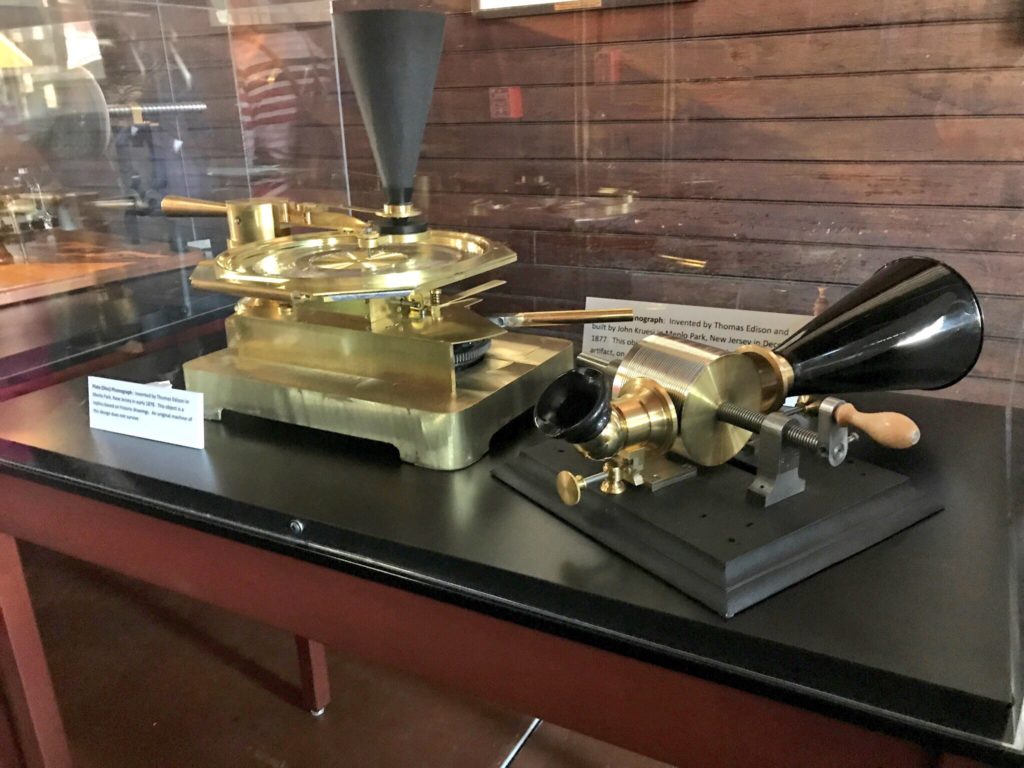
Model of first phonograph, laboratory, Thomas Edison National Historical Park.
One of the world’s first feature films “The Great Train Robbery,” 1903, set in Milltown, New Jersey, with the original “Broncho” Billy, descended from Thomas Edison’s inventiveness. Director Edwin Porter had learned his craft at the Black Maria Studio and an excerpt from the film is shown as the Historical Park.
For more information visit: Thomas Edison National Historical Park.
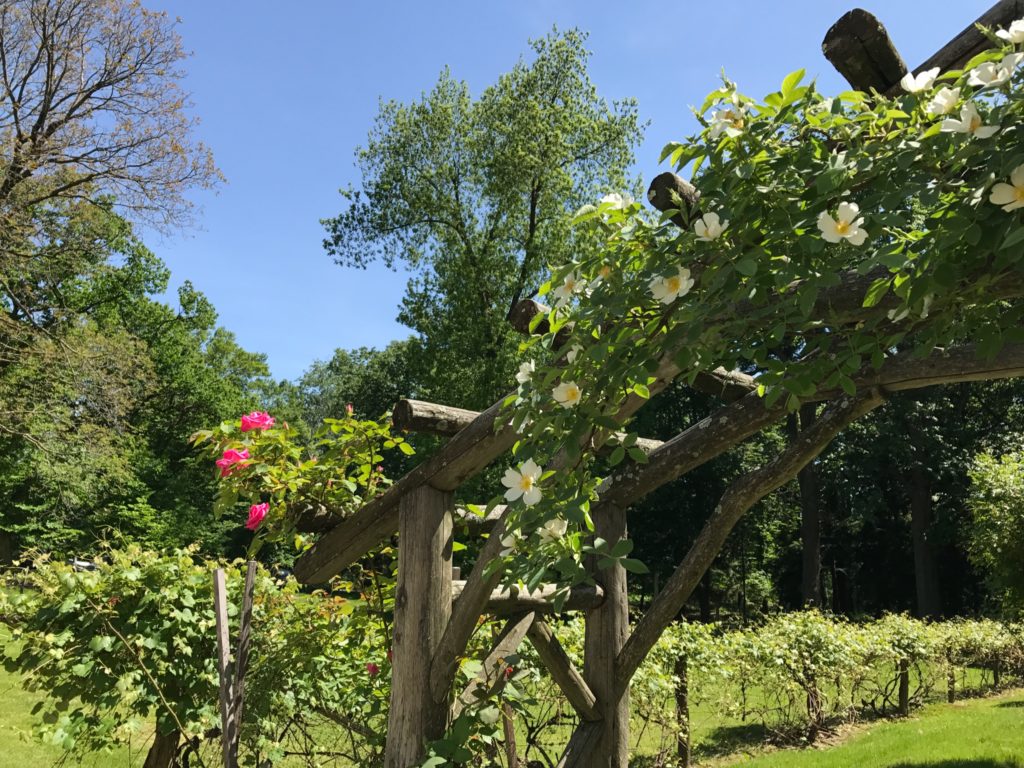
Floral arbor at Glenmont Garden
Glorious Glenmont: The Edison Family Home
West Orange, New Jersey
“What you are will show in what you do.”
Glenmont Estate deserves singular attention for its beauty. The name comes from its scenic location, a summit over a valley, or glen. An integral part of its appeal is that it was, overall, the home of a happy family which one senses in the visit. The estate, also in West Orange, is across the street from the laboratory and up a long driveway. Part of Llewellyn Park, the home was built between 1880-82 in the Queen Anne style of Victorian architecture with stained glass windows, a pipe organ, and much of the original interior by the New York designers Pottier & Stymus. Thomas bought the home fully furnished for his new bride Mina Miller from the original owners. A limited number of the 29 rooms are open to visitors, but enough to experience the charm. The home’s decorative arts collection includes works by Tiffany and Hudson River School artists. The grounds are idyllic. After a visit, you will feel as if you have been away as Thomas Edison himself must have felt, remarkably, simply by crossing the street. Impressively, the same architect designed the home and laboratory, Henry Hudson Holly.
Visitors to the home included US presidents and Henry Ford, George Eastman, Harvey Firestone, and John Burroughs with whom Thomas took annual camping trips, John Muir, Helen Keller, Maria Montessori, the Kings of Siam and Sweden, among others. Mina, the daughter of a prominent minister, knew how to handle a public life, which allowed Thomas time alone to invent. Thomas was impressive, but as a self-made man of stature, was tough in business, often unavailable, and demanding of excellence from his children. His six children, for the most part, fared well. The best known were Charles, who had the same hearing challenge as his father, and was briefly Secretary of the Navy under President Roosevelt and then governor of New Jersey, and Theodore, an inventor. The estate is also the resting place of Mina and Thomas.
What is also wonderful at Glenmont as you will experience at all of the national historical sites and parks, is the esprit de corps of the park rangers who are proud to share information about the Edison family and their life at Glenmont. The estate consists of the main house, the greenhouse, and garage that Thomas built with the extraordinary cars of the Edison family.
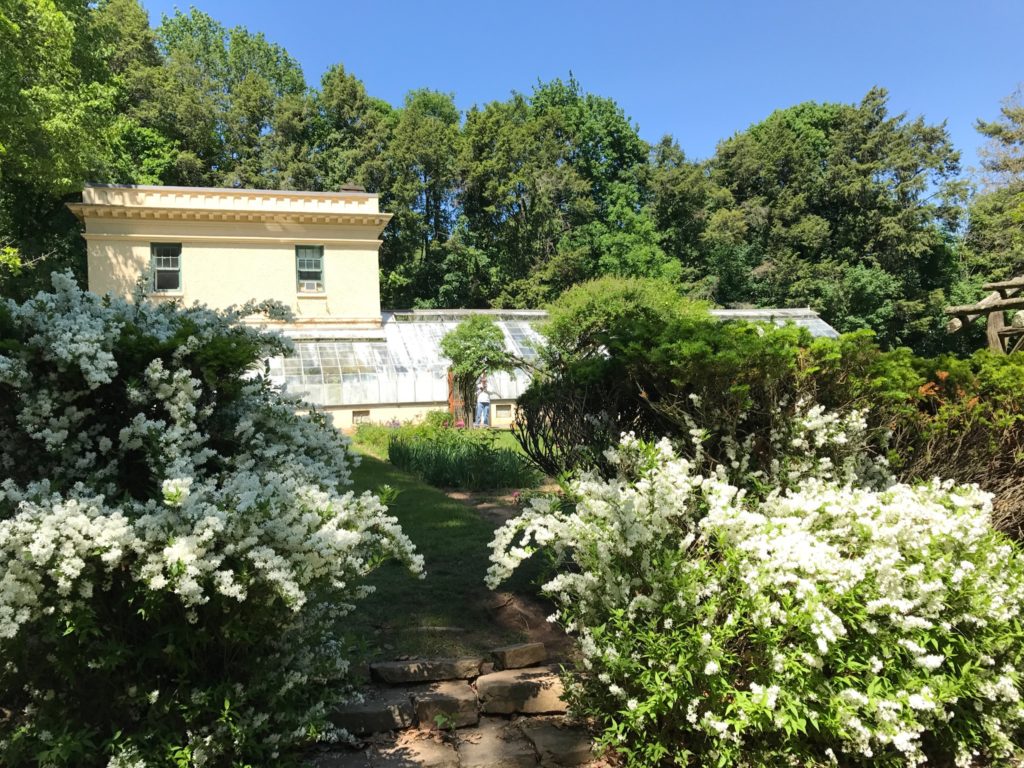
Greenhouse at Glenmont Estate
Visits to Glenmont are on Saturdays and Sundays from 11-4 with tours on the hour. Tickets are sold at the Visitors Center at the laboratory on a first come, first serve basis, so consider arriving early at 10. (The laboratory is open 10-4, Wednesday through Sunday.) Photographs are not permitted in the house, but the scenic grounds offer opportunity for photo and social media enthusiasts. For more information, call: (973) 736-0550 x 11.
A note that the visits to these Edison historical sites were over a two-year period. The Glenmont photos and videos are from last May. Though the hours are not as extensive as those of the laboratory, do not miss the chance to see the one of the most wonderful places in New Jersey, especially in the spring.

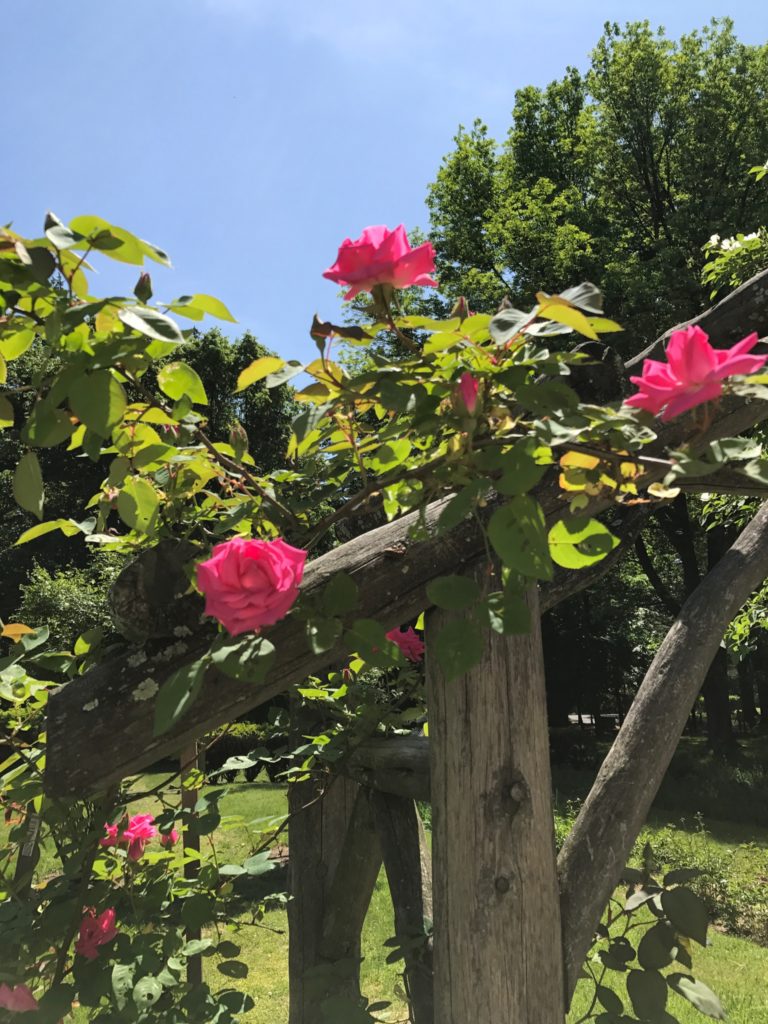
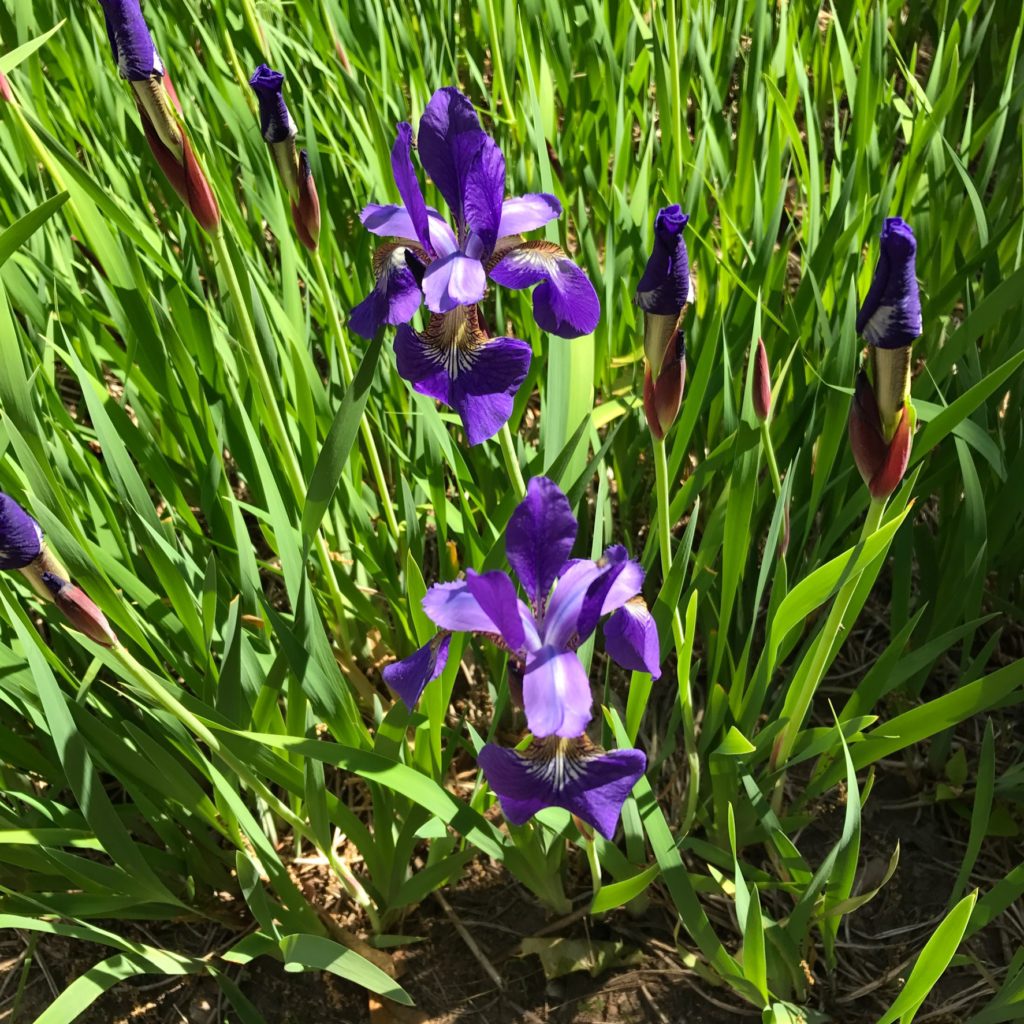

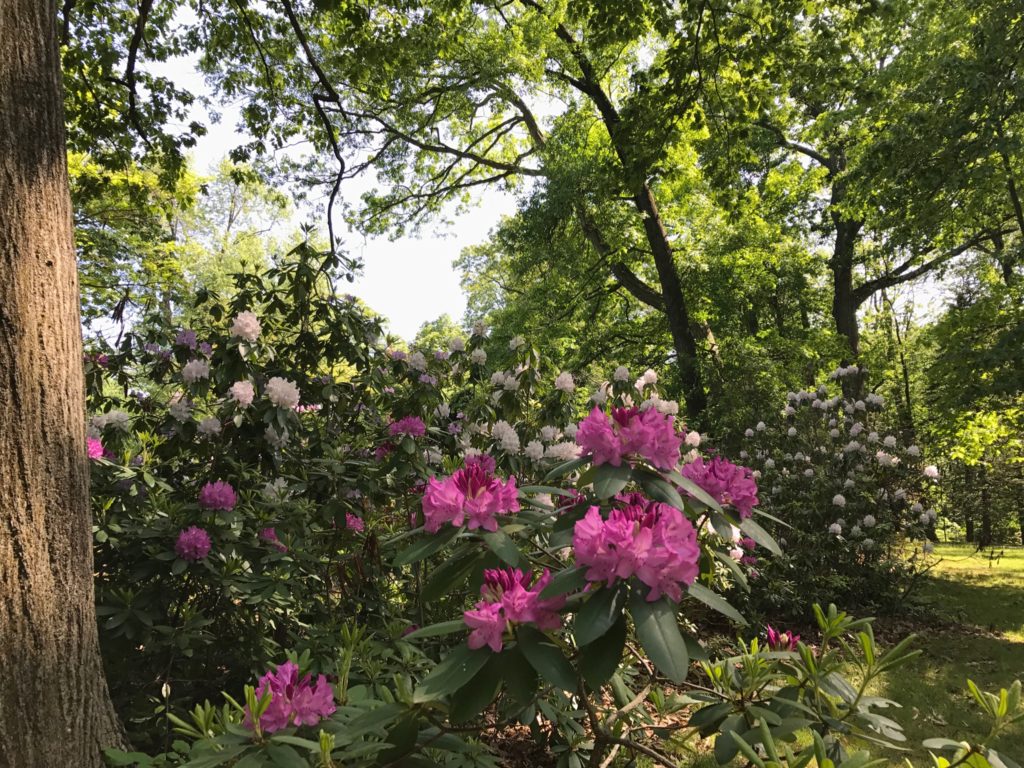
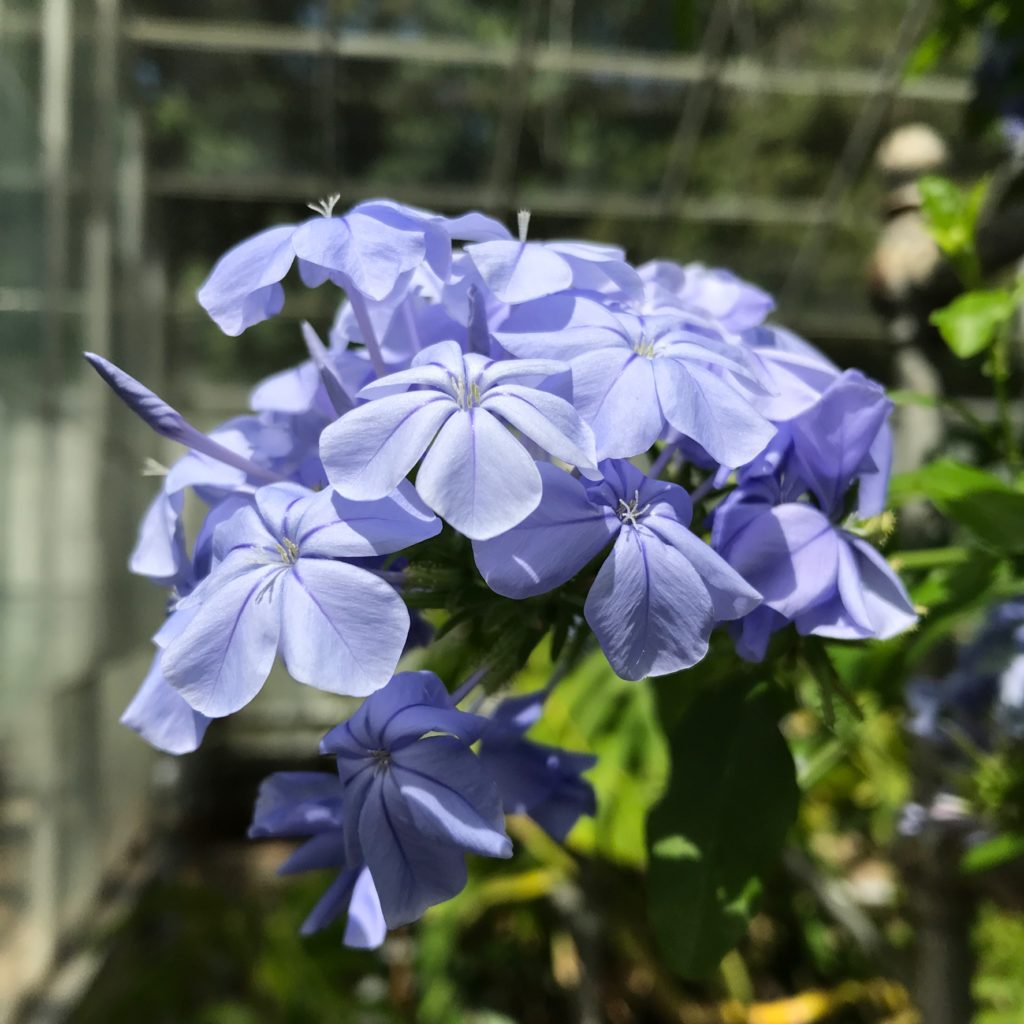
Sterling Hill Mining Museum
Ogdensburg, New Jersey
“Opportunity is missed by most people because it is dressed in overalls and looks like work.”
This incredible museum will spark the imagination of any child with Edison’s spirit. The history of the mining industry here is a world unto itself and worthy of another blog, but the museum mention here is in regard to the Edison Tunnel, named to honor the man who improved safety for miners. In 1914, mine engineer John T. Ryan Sr. and George H. Deike, pioneers in mining safety, founded the Mine Safety Appliances Company (MSA) after numerous tragic deaths of miners. Torches and oil lamps had proven dangerous in the mines, so they sought the help of Thomas Edison who, rather than wiring the mines for lighting which was a prohibitively expensive alternative, created a rechargeable battery that provided light for 12 hours straight. The Edison Cap Lamp was in use here in Sussex County at the mine when Thomas was a part owner in the 1880’s. Thomas also developed innovative methods of blasting and separating minerals. The museum and tour share display the helmet and cap lamp with visitors. Edison’s mining conveyor line reportedly inspired Henry Ford’s assembly line at his car factory. For more on this New Jersey “gem,” a quote from Fodor’s, visit: Sterling Hill Mining Museum. Edison also had cobalt silver mining ventures in Ontario, Canada.

Thomas Edison: Inspirational Figure
“Genius is one percent inspiration and ninety-nine percent perspiration.”
Trenton’s Thomas Edison State University, which emphasizes independent learning, bears the inventor’s name as does Edison Bridge. For someone who experienced hardship and setbacks in his life, Thomas Edison’s accomplishments are remarkable. His inventions keep him in mind today, but so does his example of lifelong learning and perseverance.
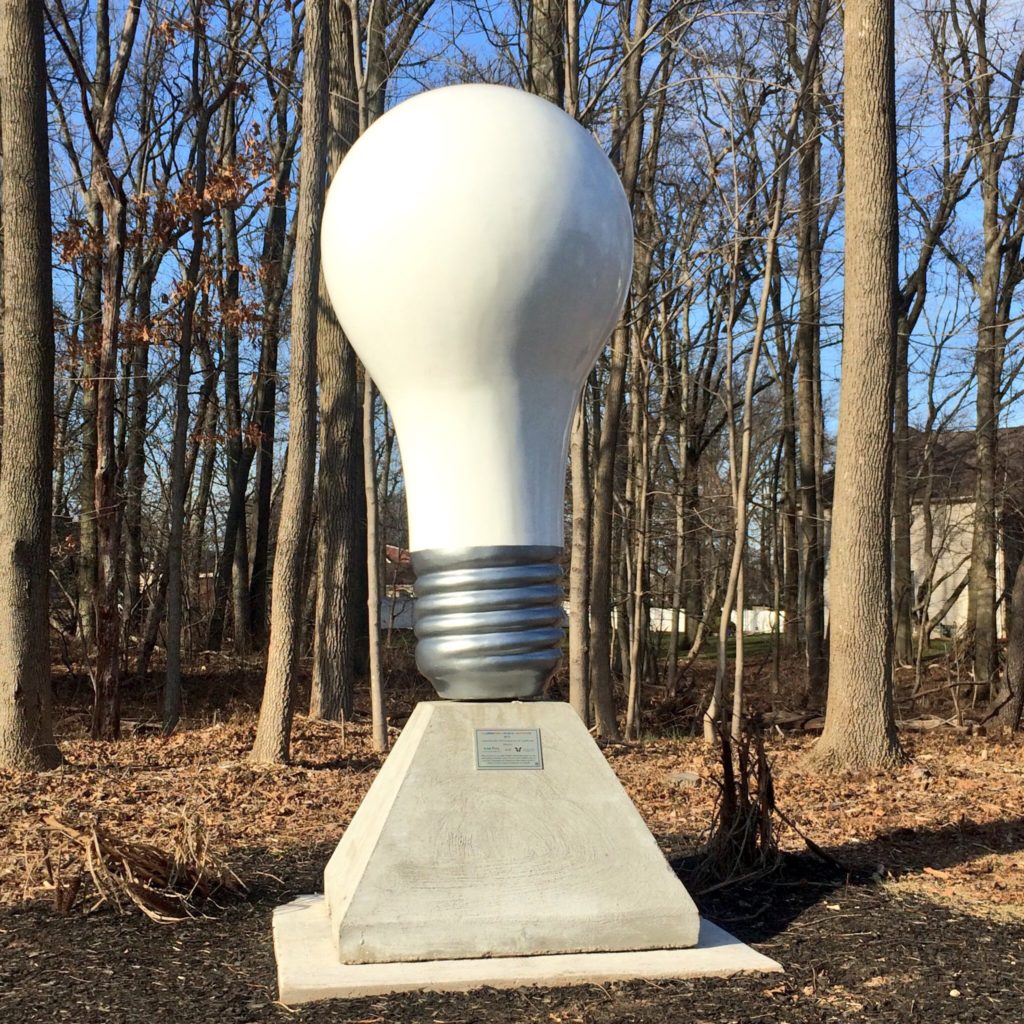
Incandescent light bulb sculpture, Menlo Park, Edison, New Jersey. In season, there are flower gardens by each sculpture.
(Sources: menloparkmuseum.org/history/thomas-edison-and-menlo-park/, biography.com, goodreads.com, thomasedison.org., nps.com, npshistory.com, americanhistory.si.edu, invention.si.edu, ethw.org, inc.com, mininghalloffame.org, newnetherlandinstitute.org, brainyquote.com, Britannica.com, Wiki)
“Vision: Thomas Alva Edison” All Rights Reserved © 2018 Kathleen Helen Levey


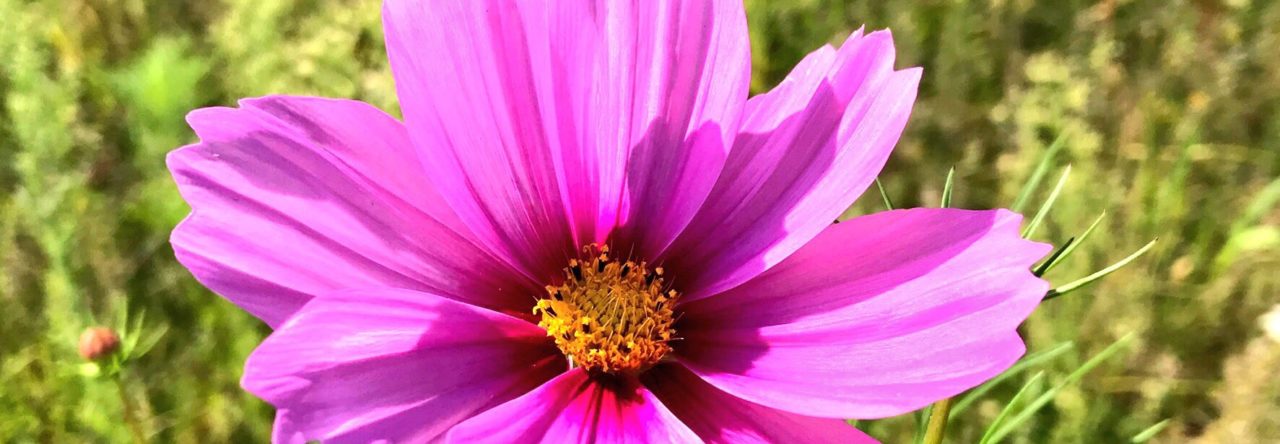



















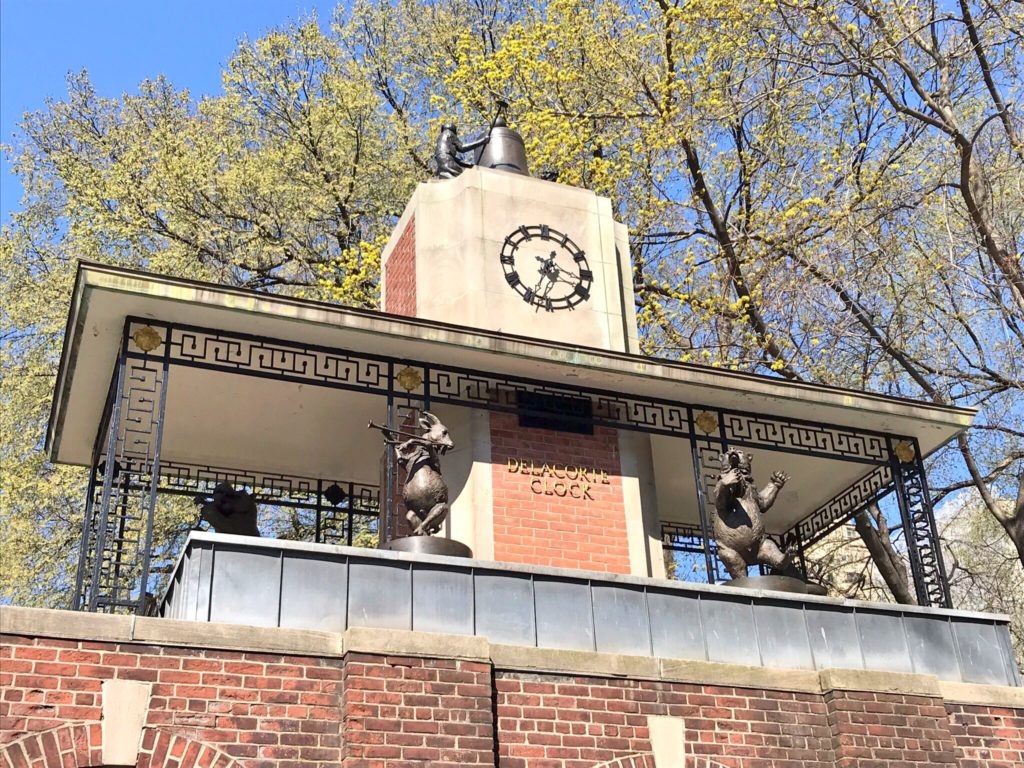
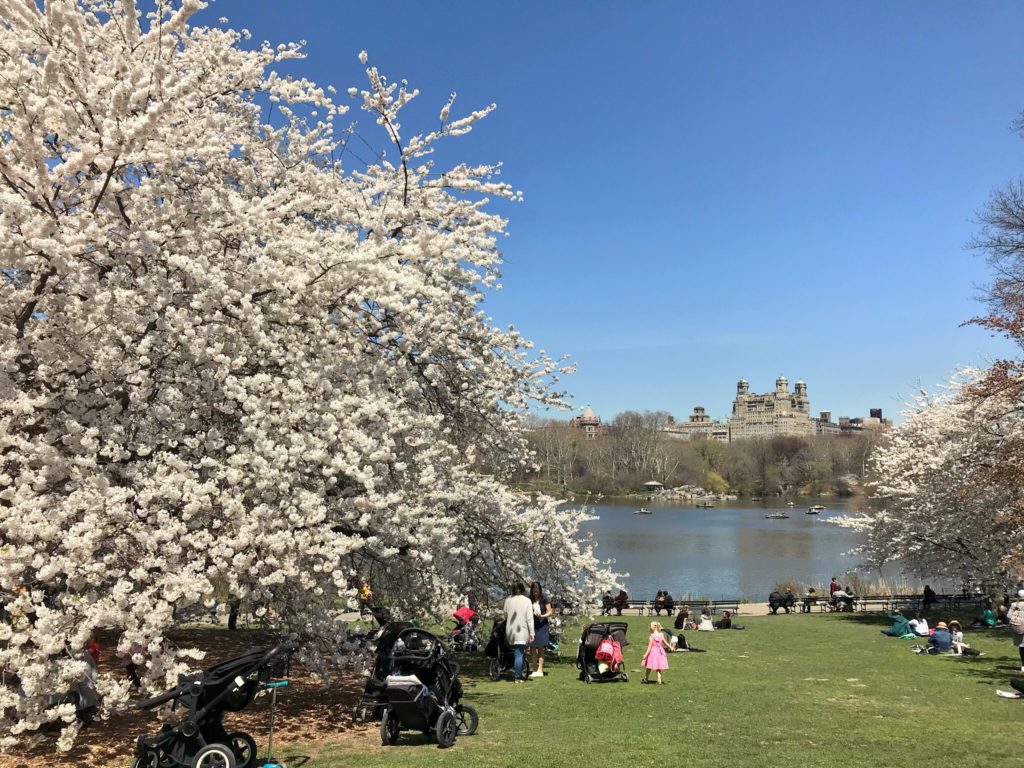

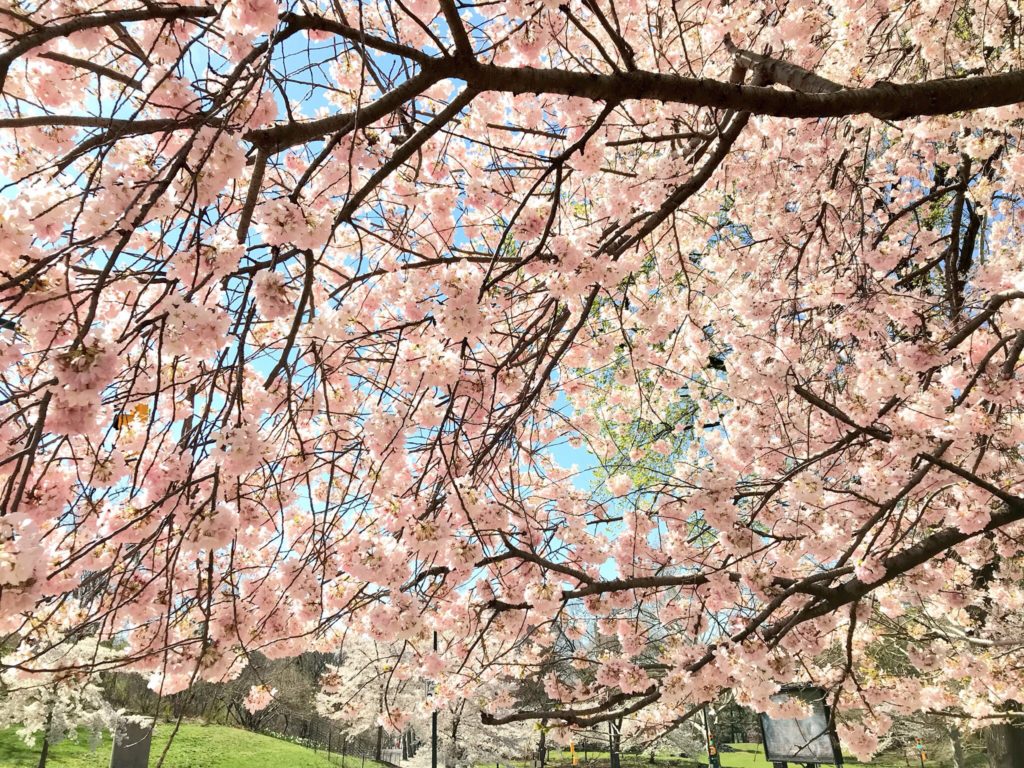
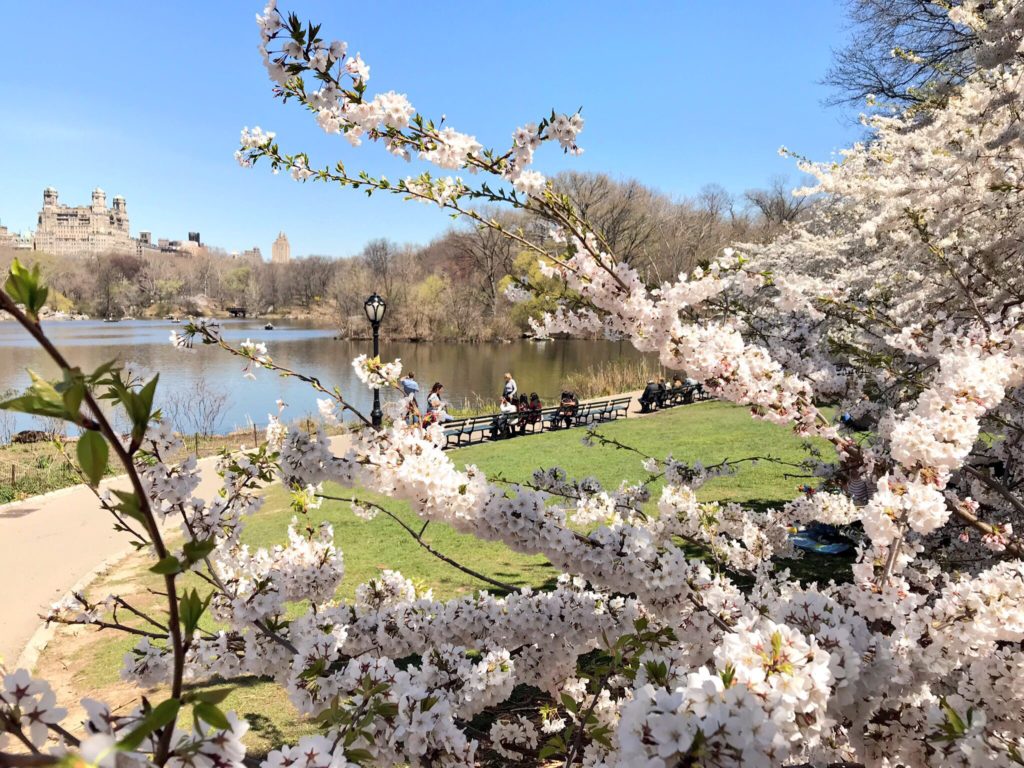
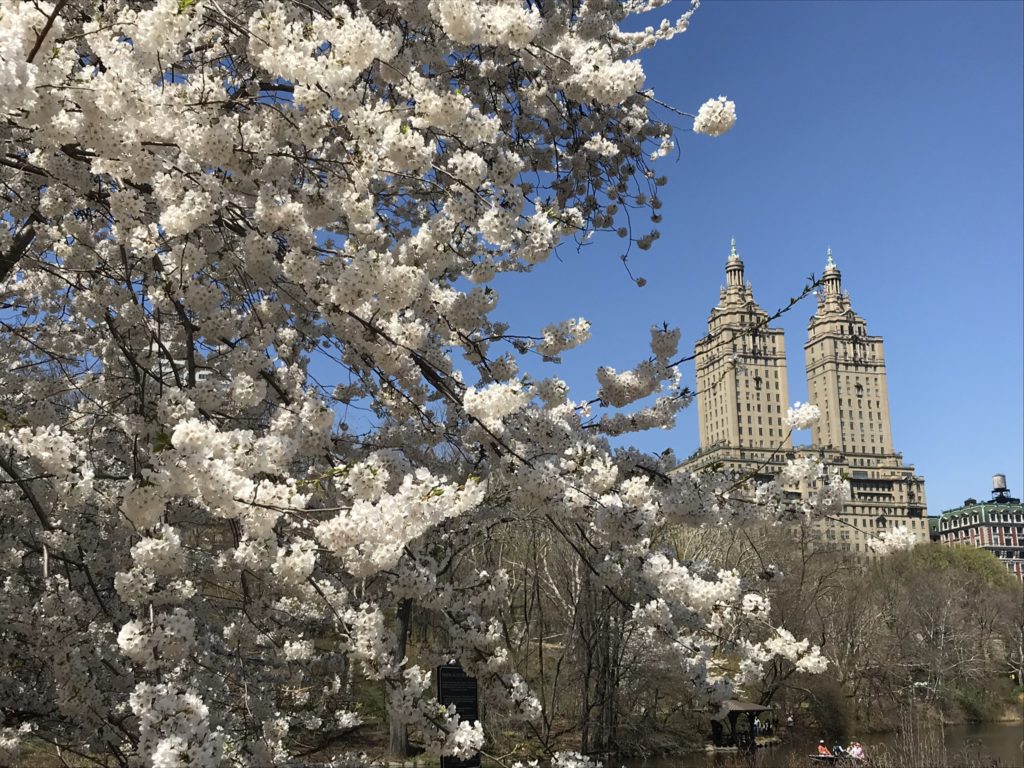
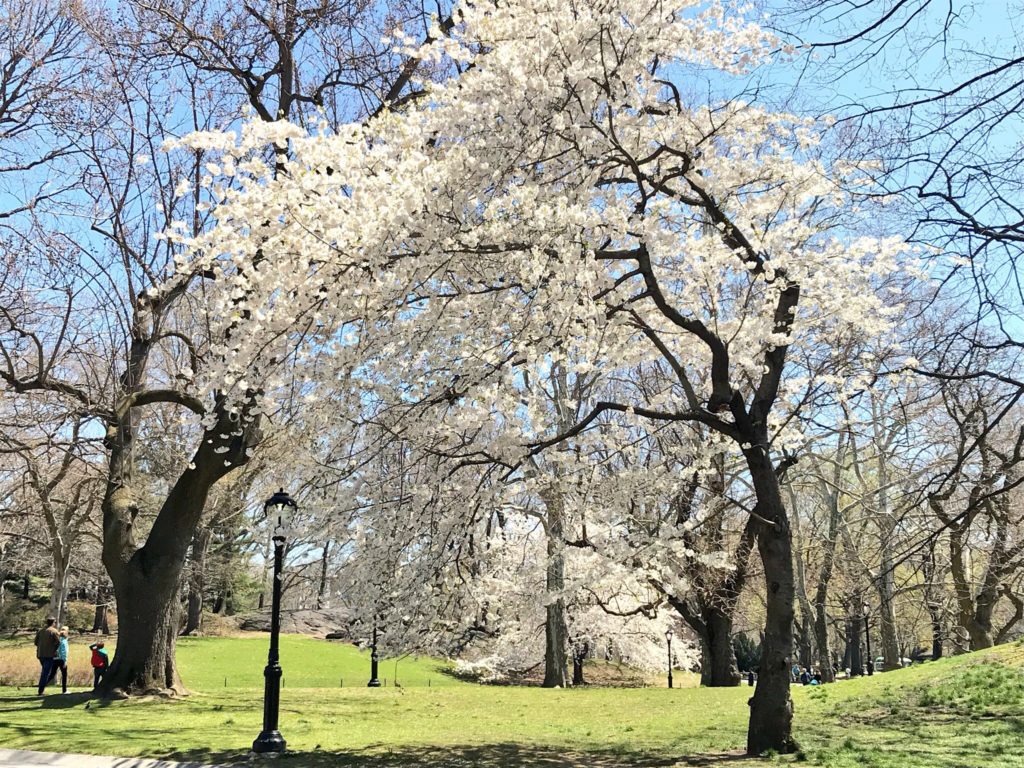
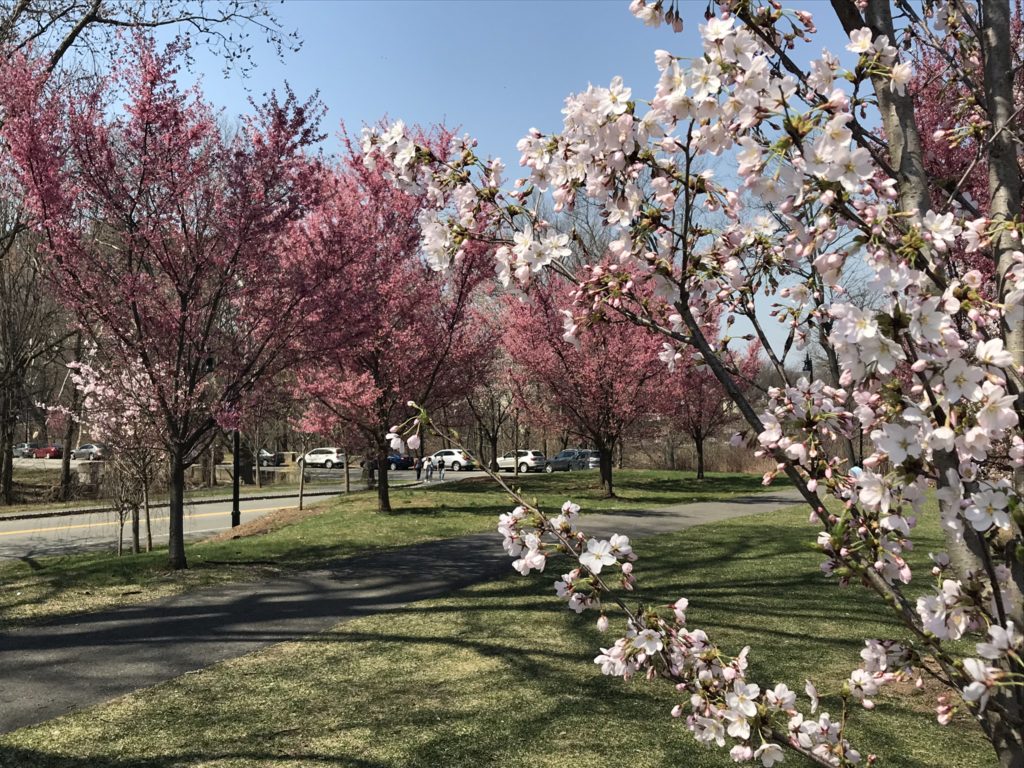
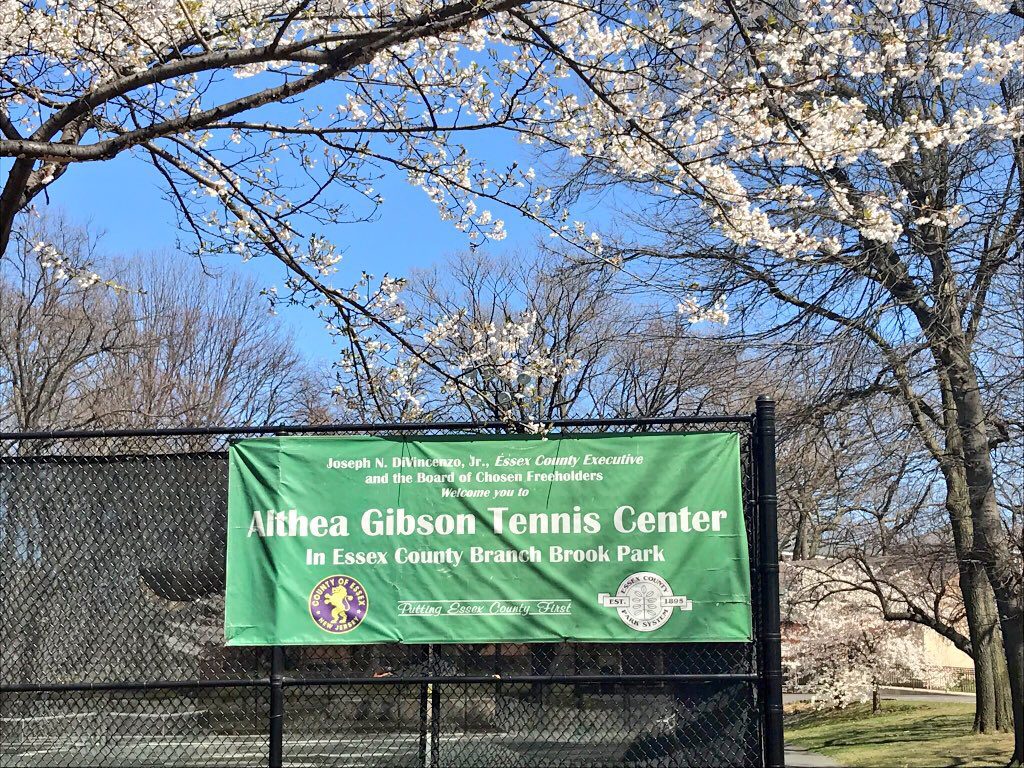

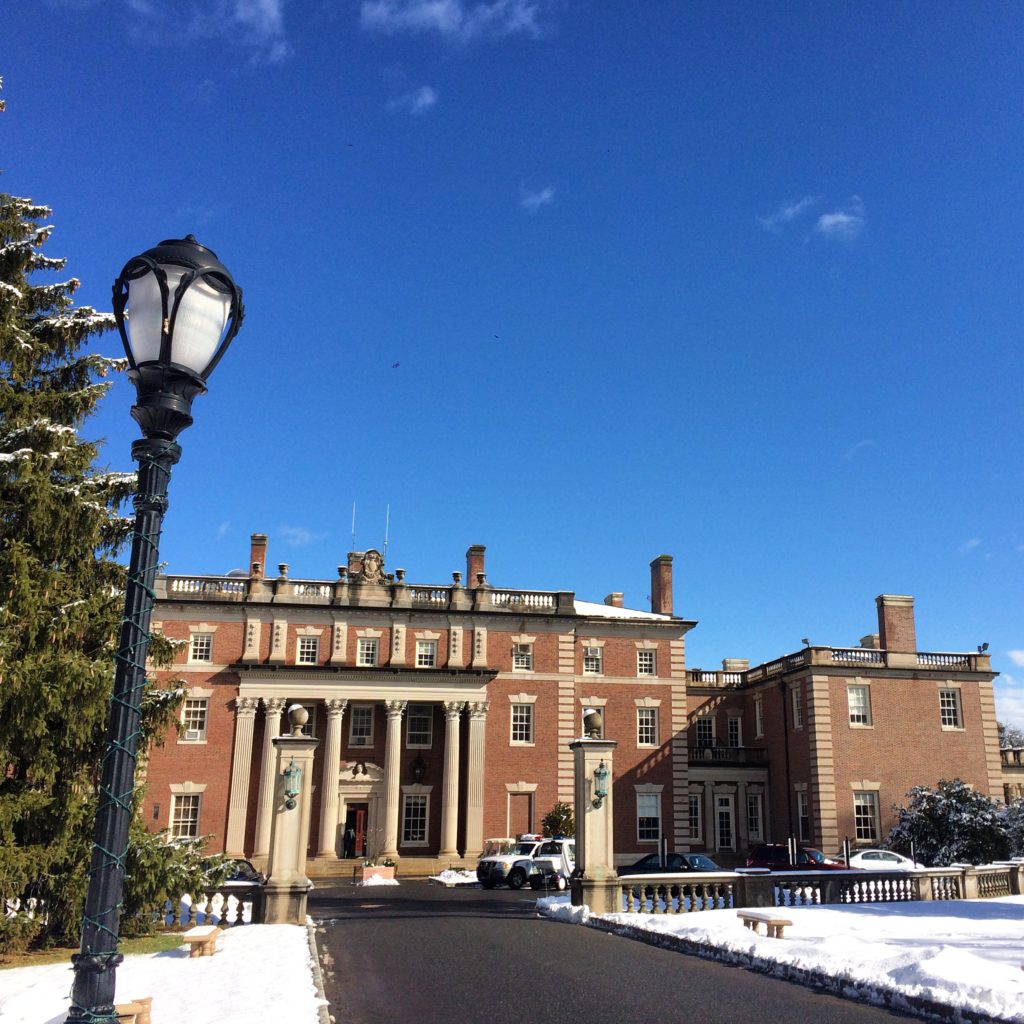
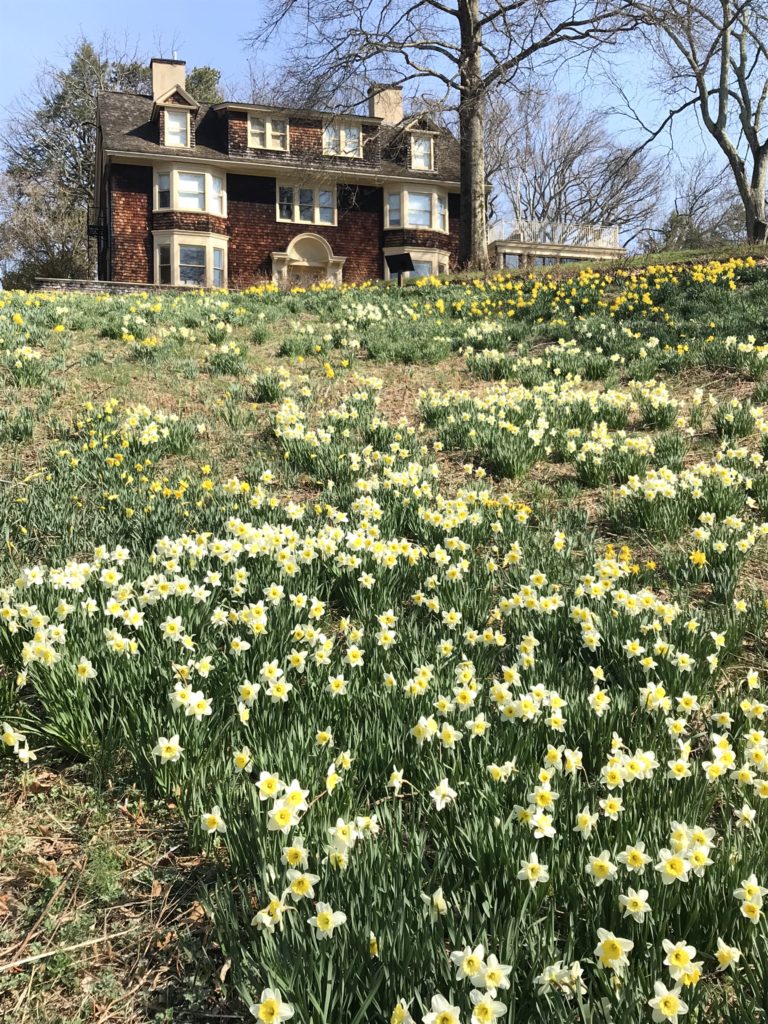
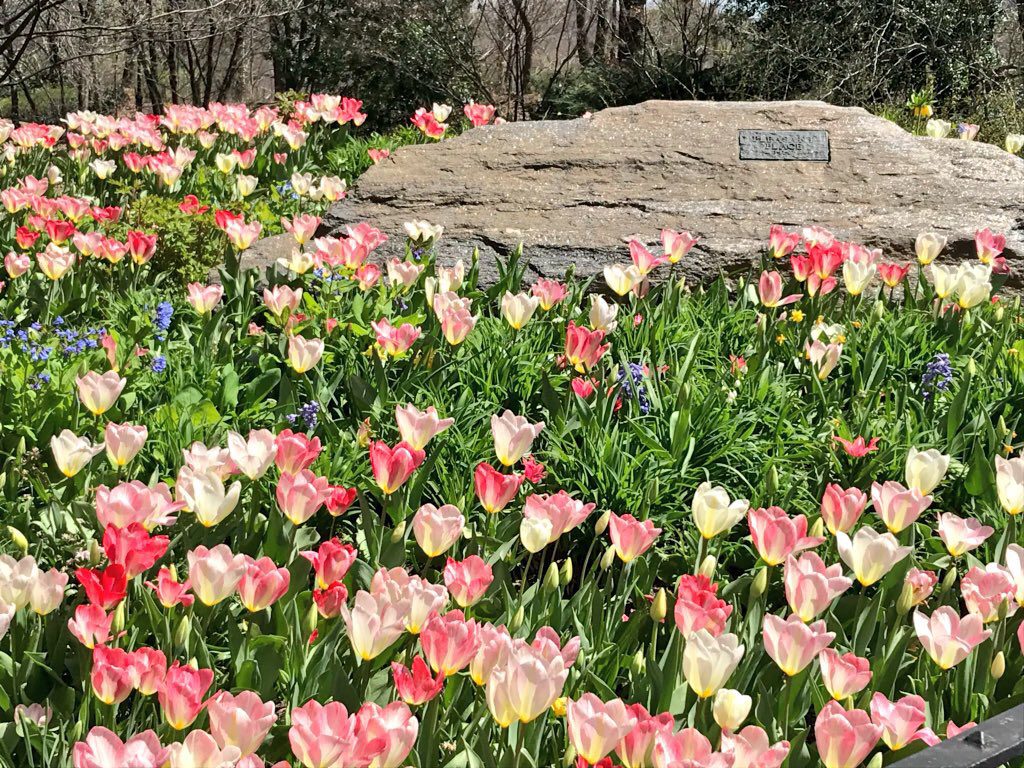

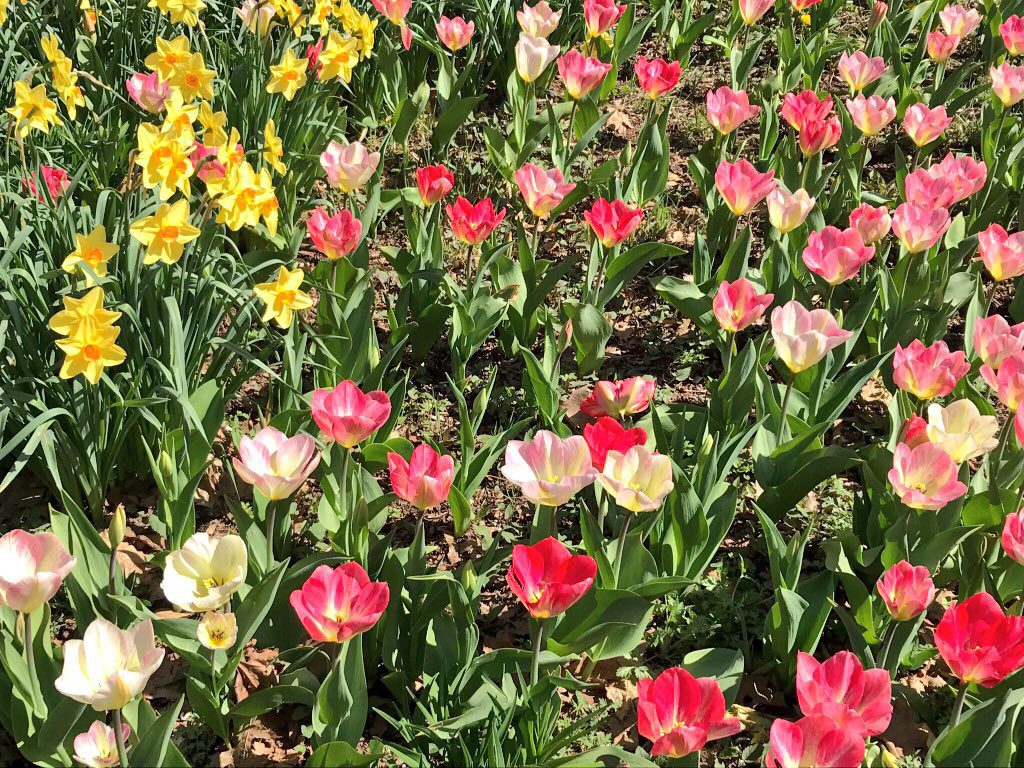
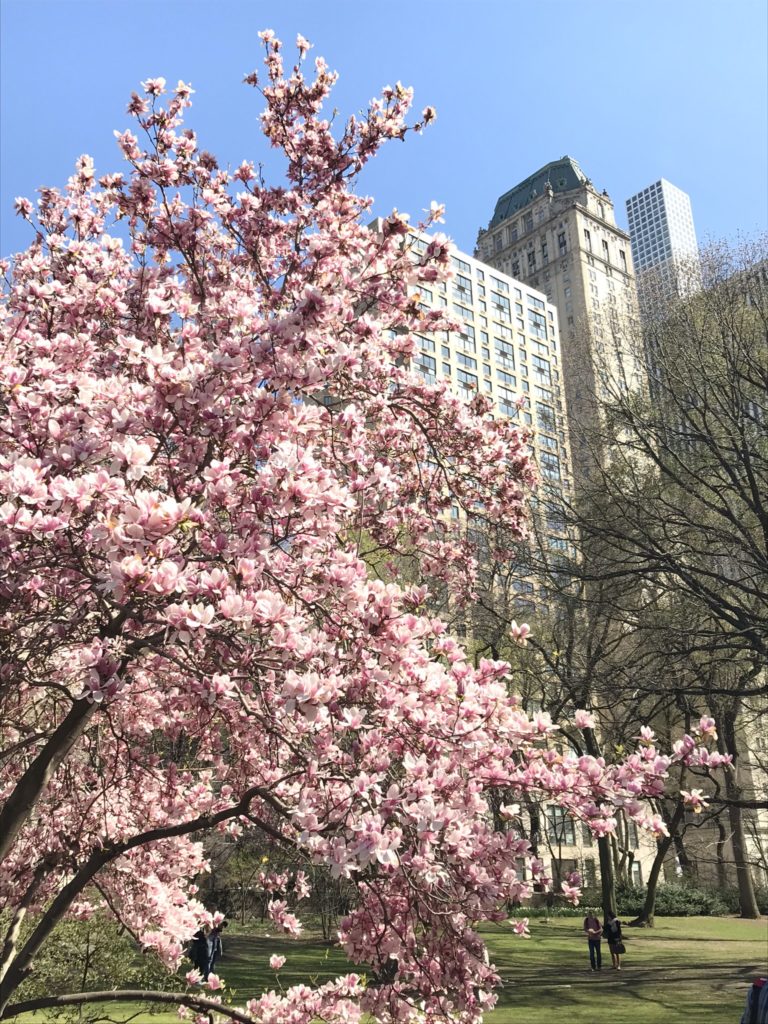



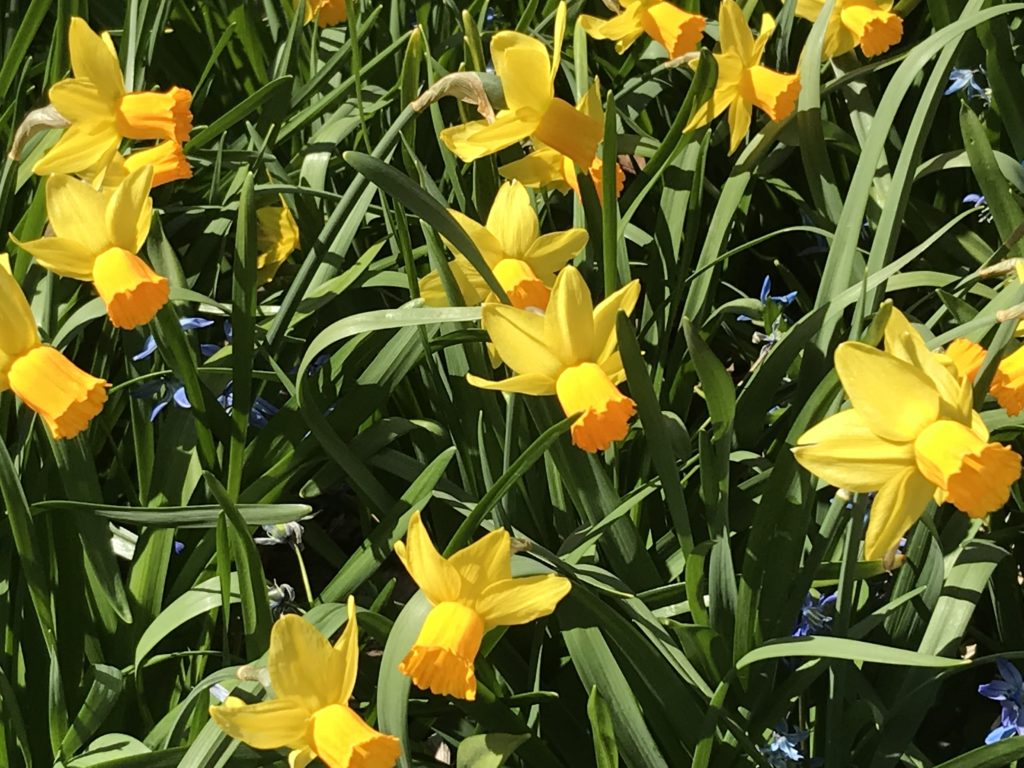
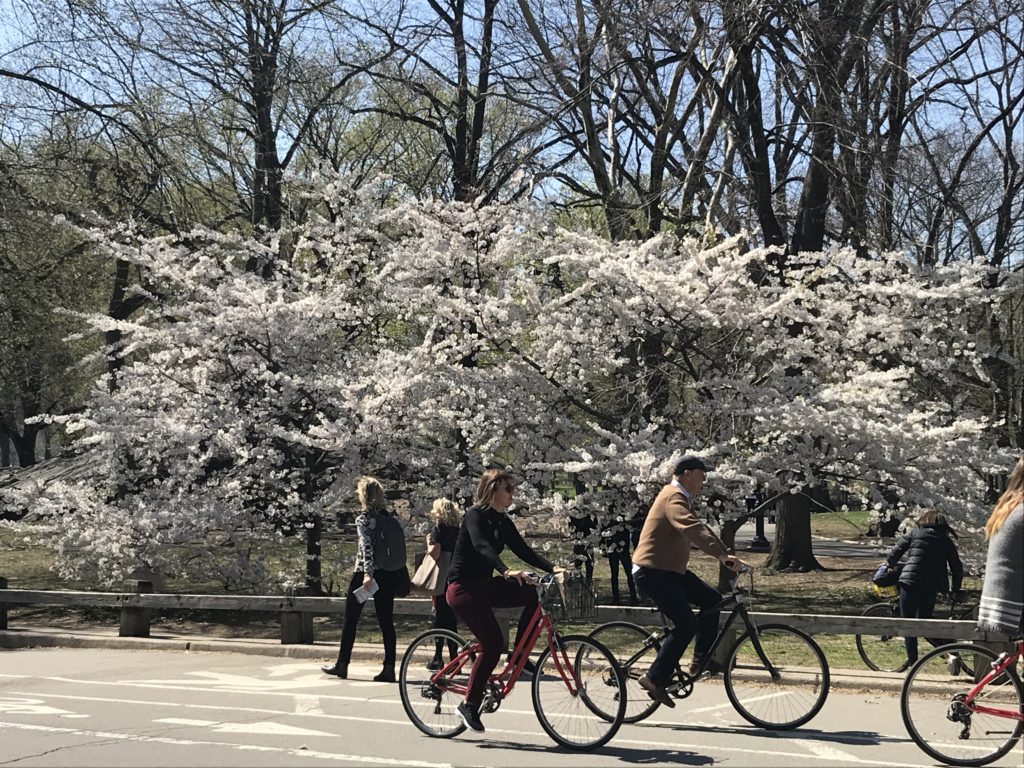
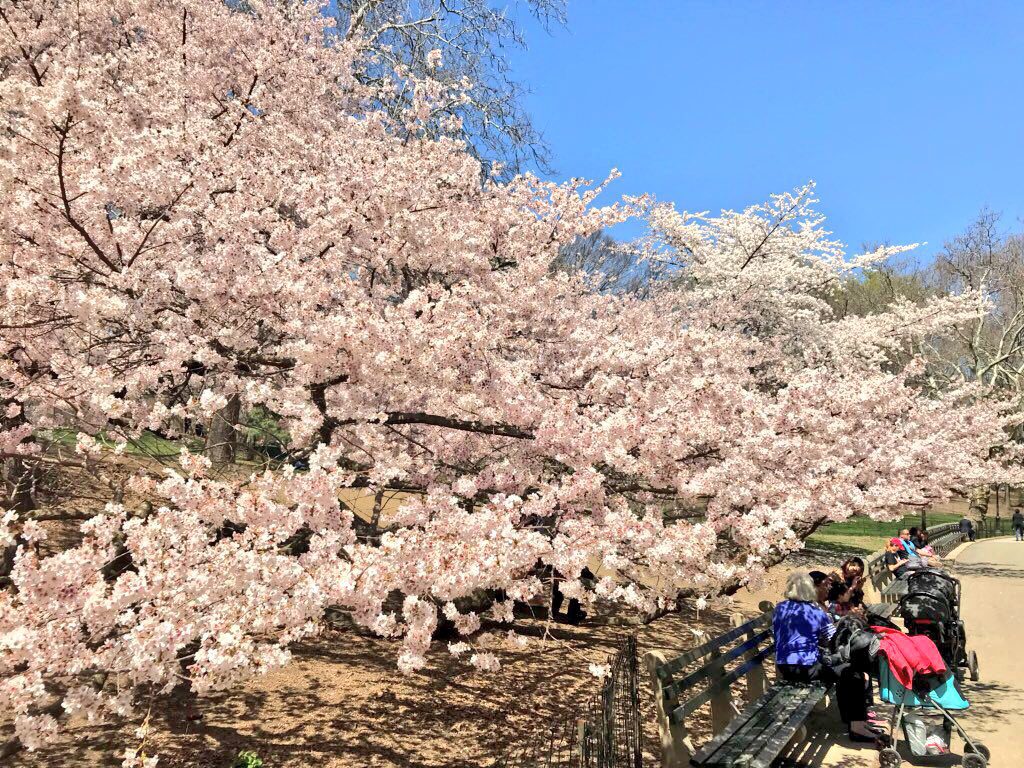
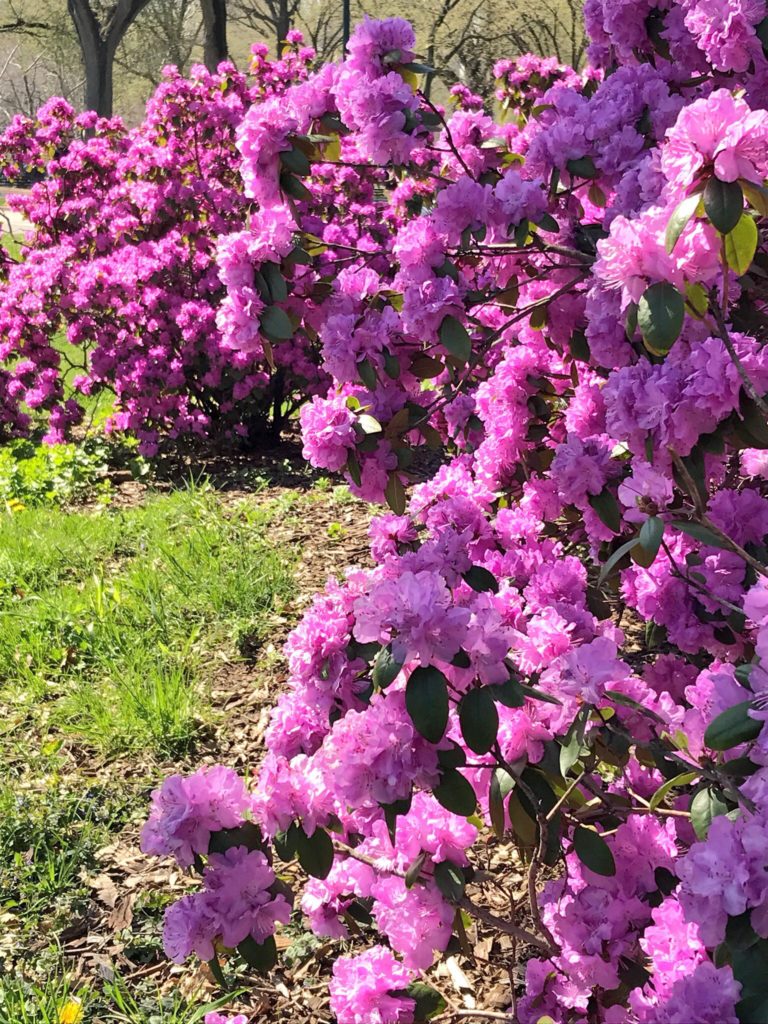

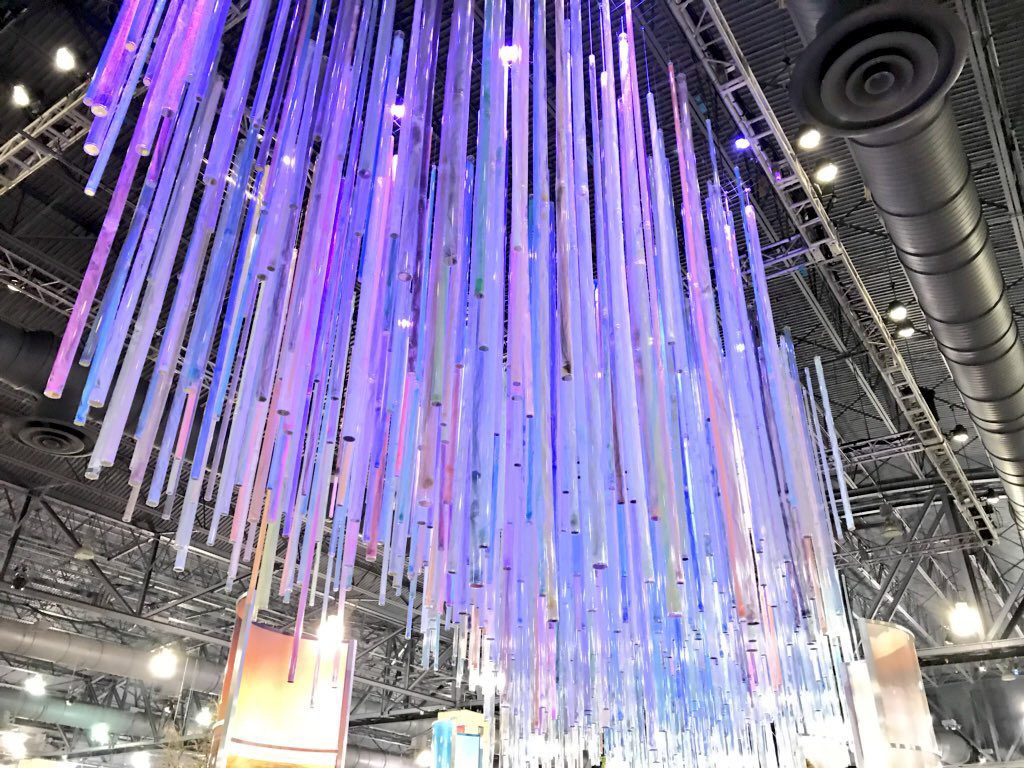
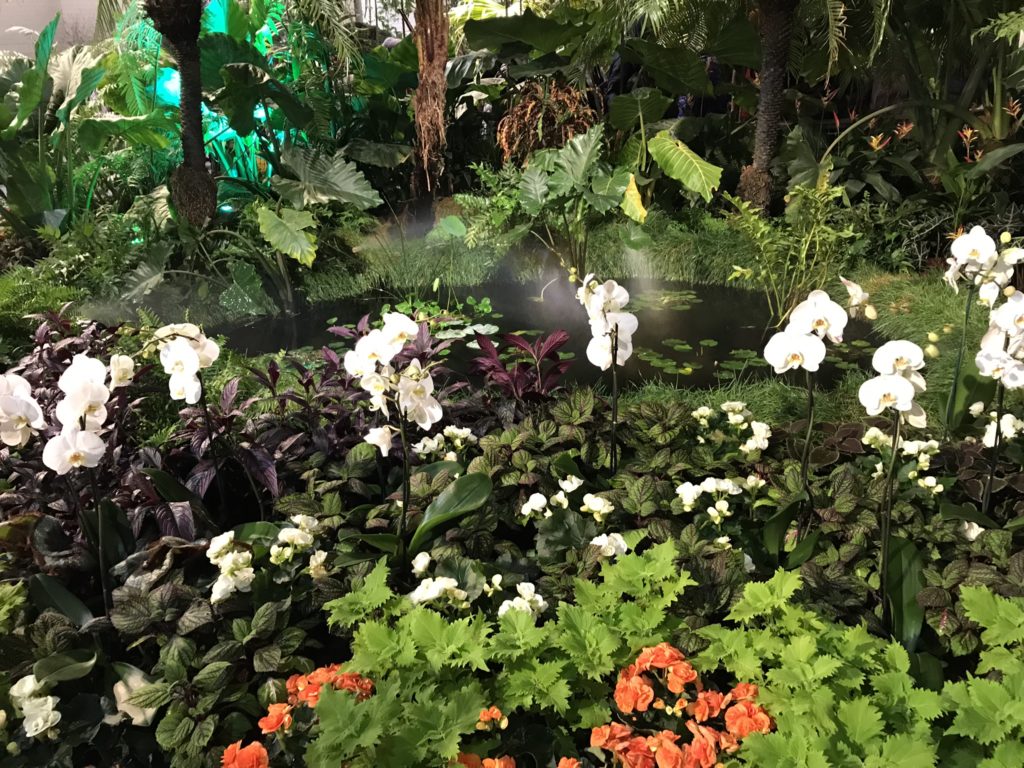
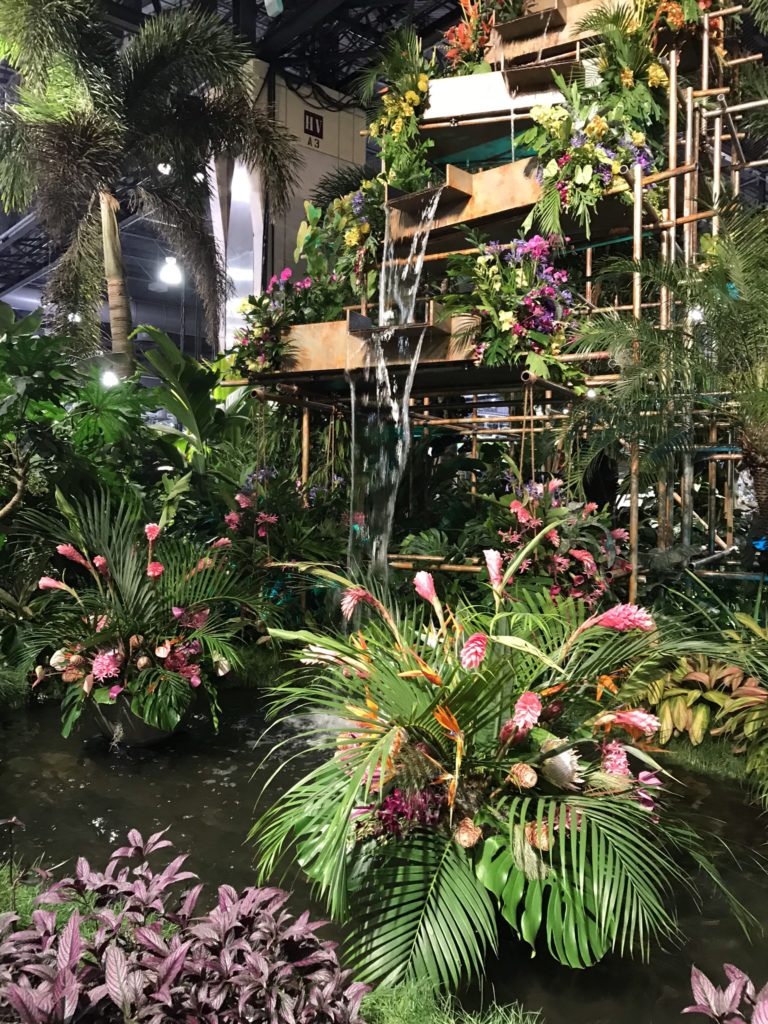 Dramatic waterfall entrance to the tropical rainforest
Dramatic waterfall entrance to the tropical rainforest
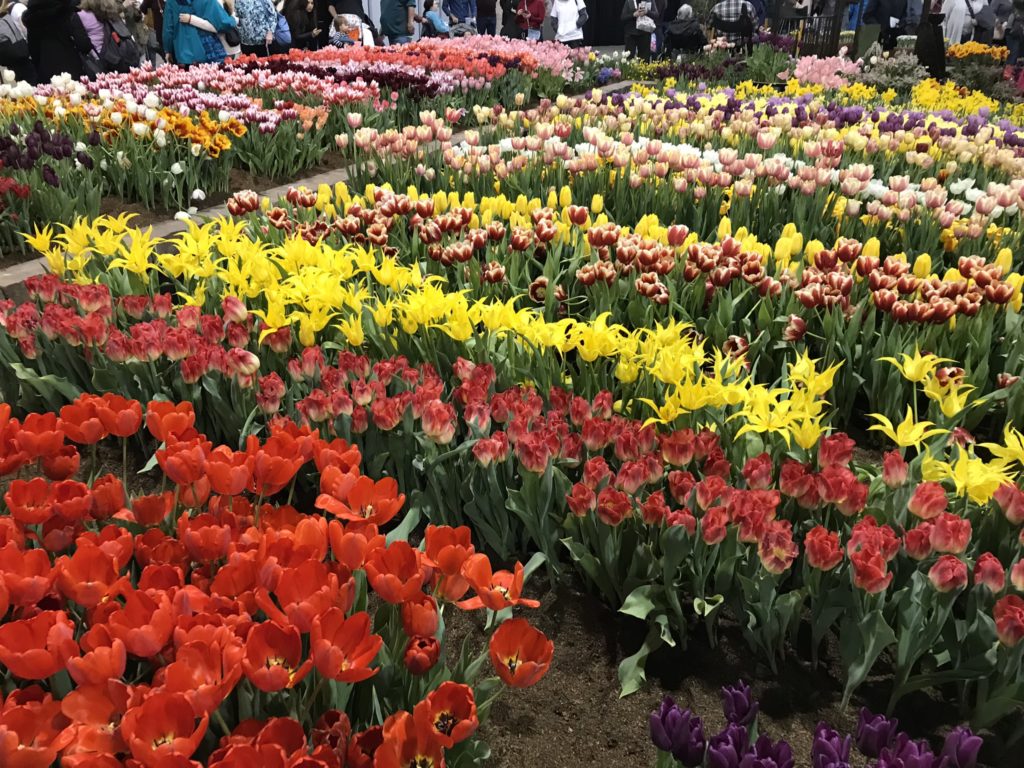
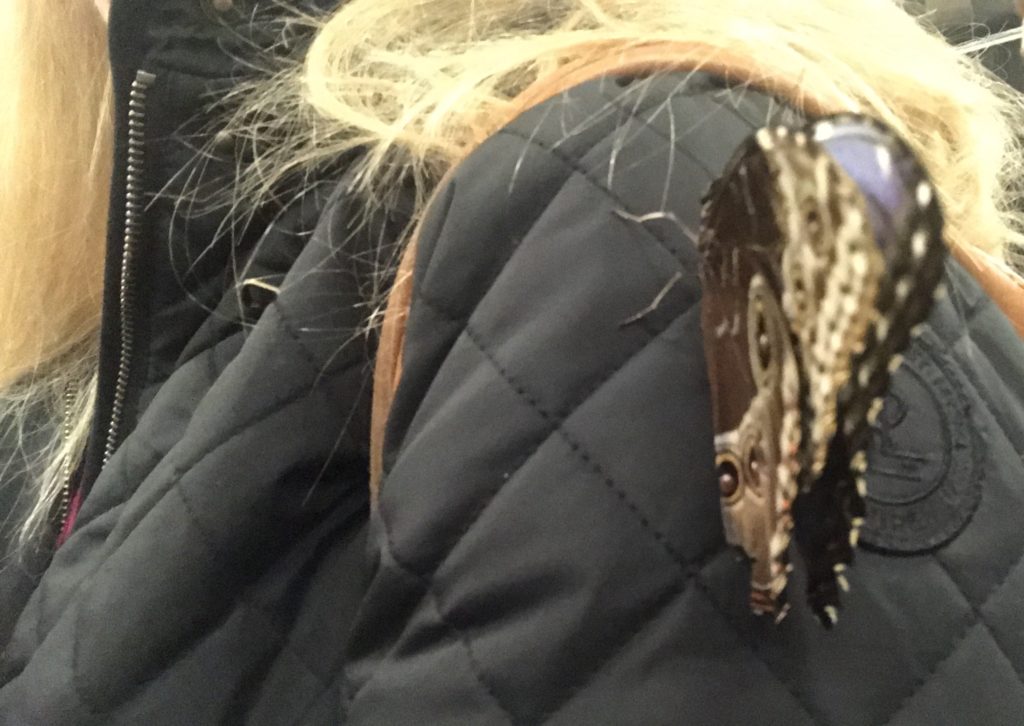
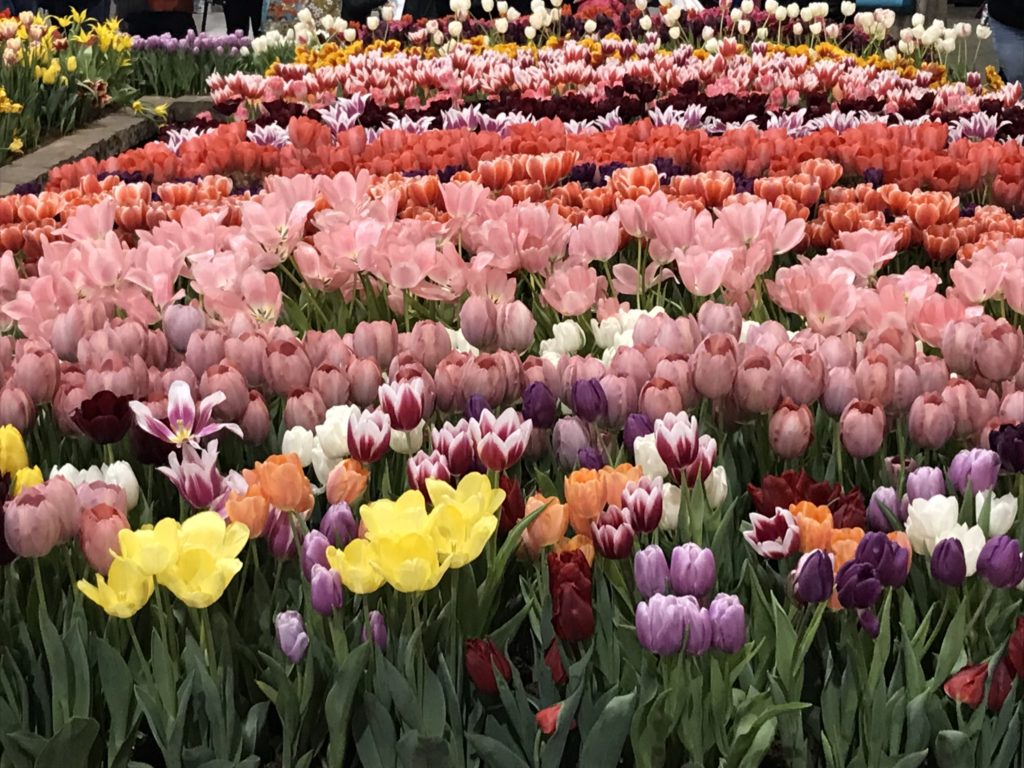
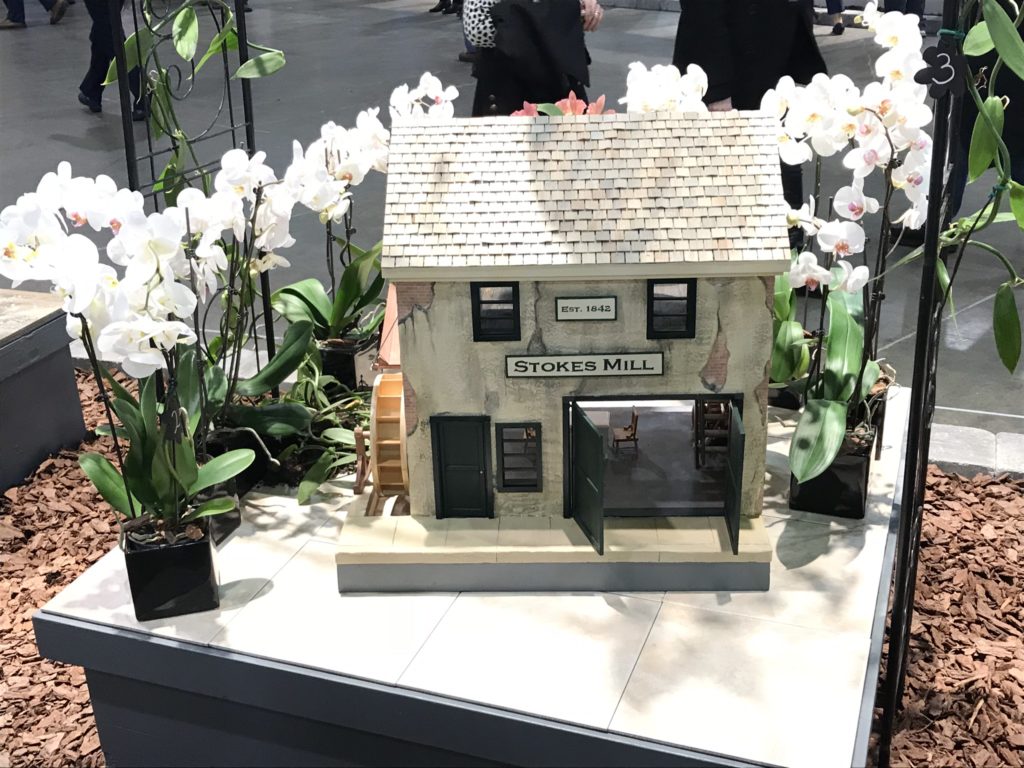
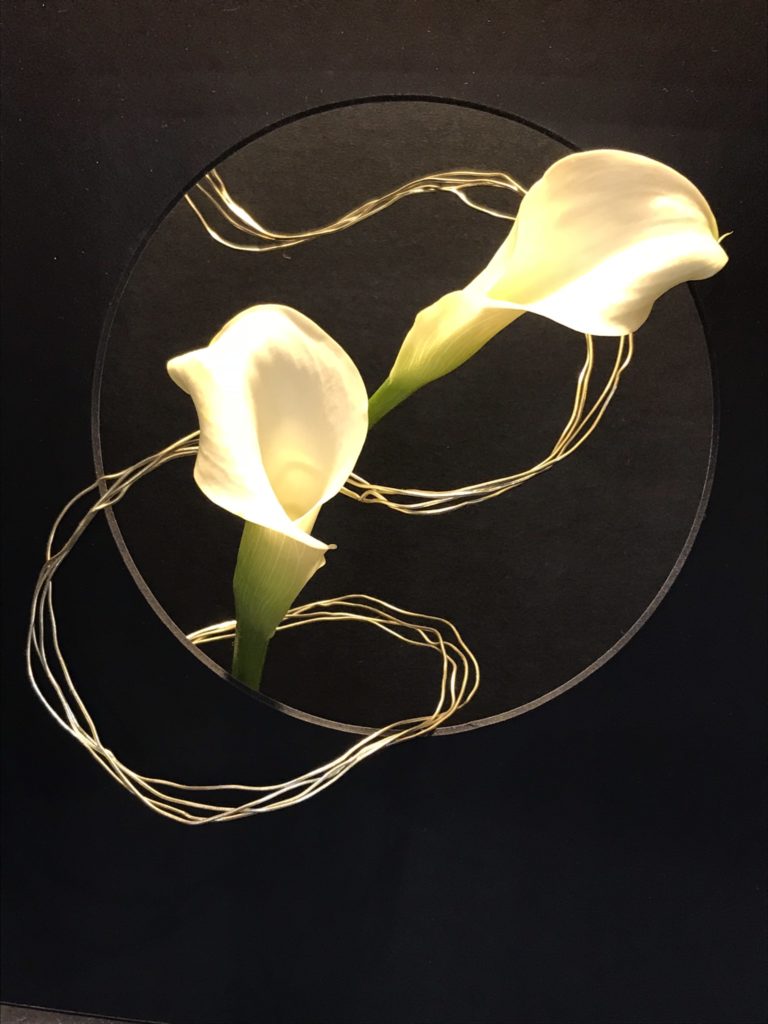


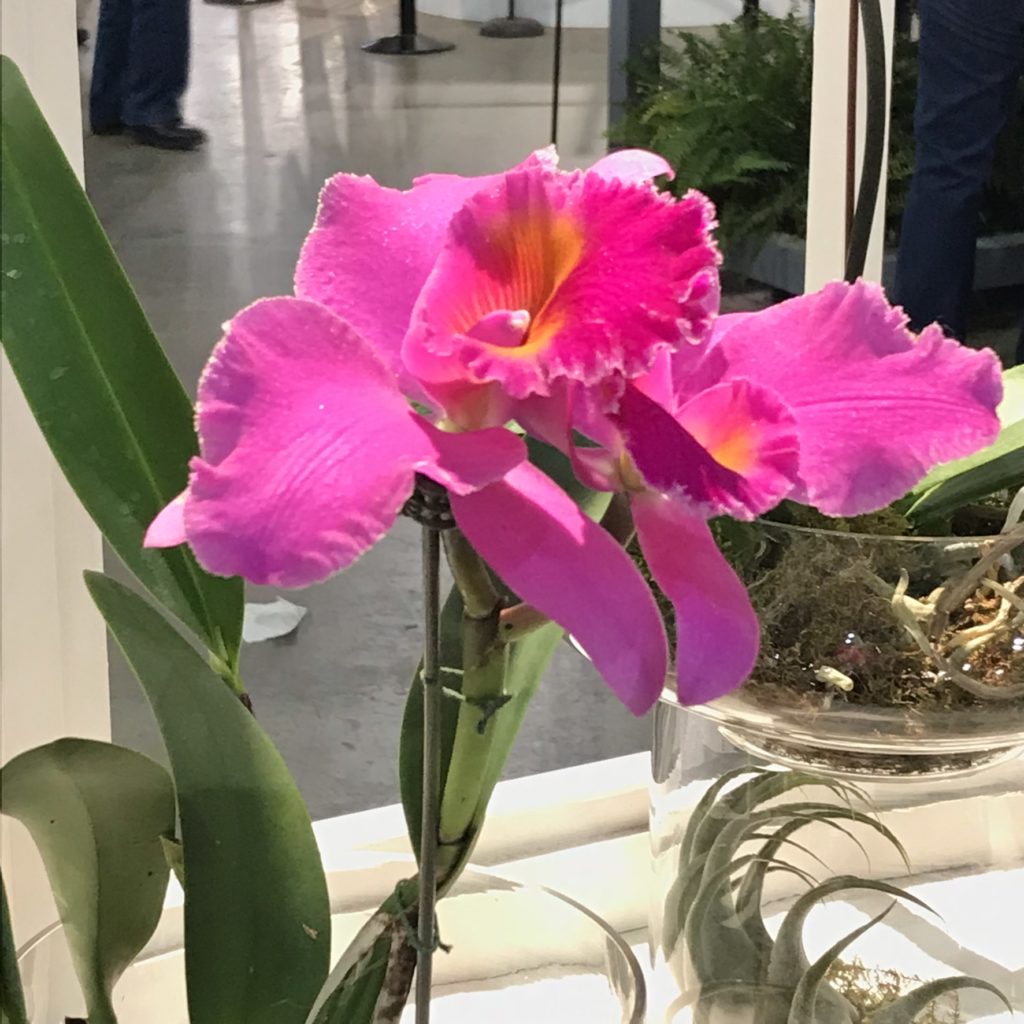


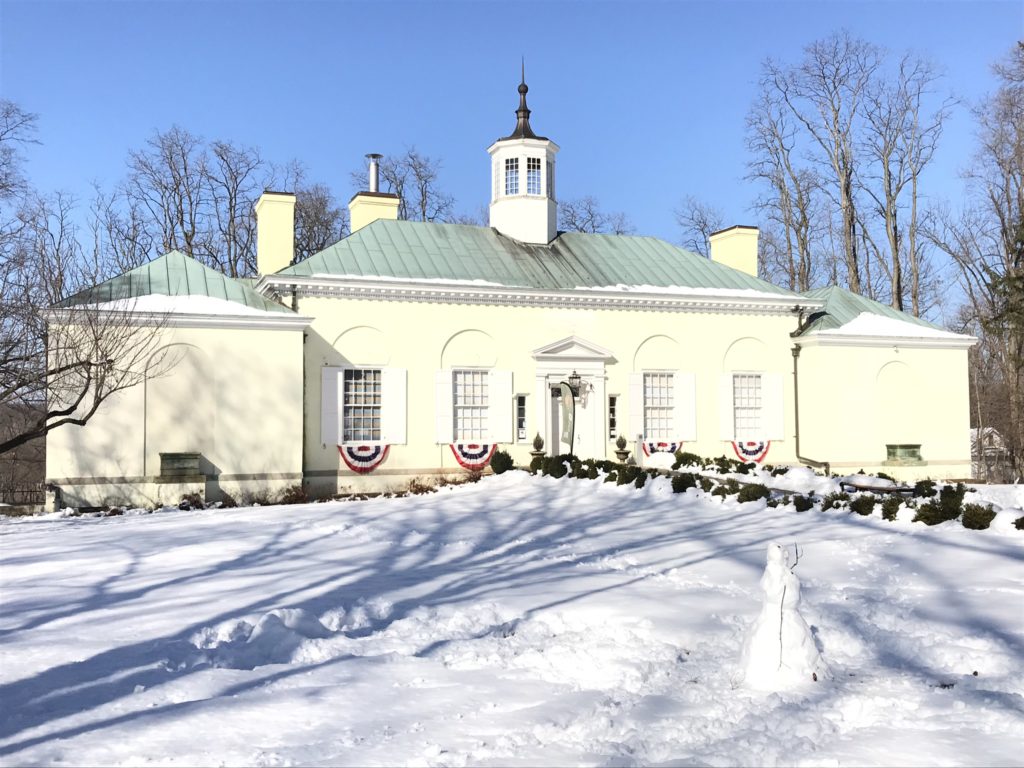
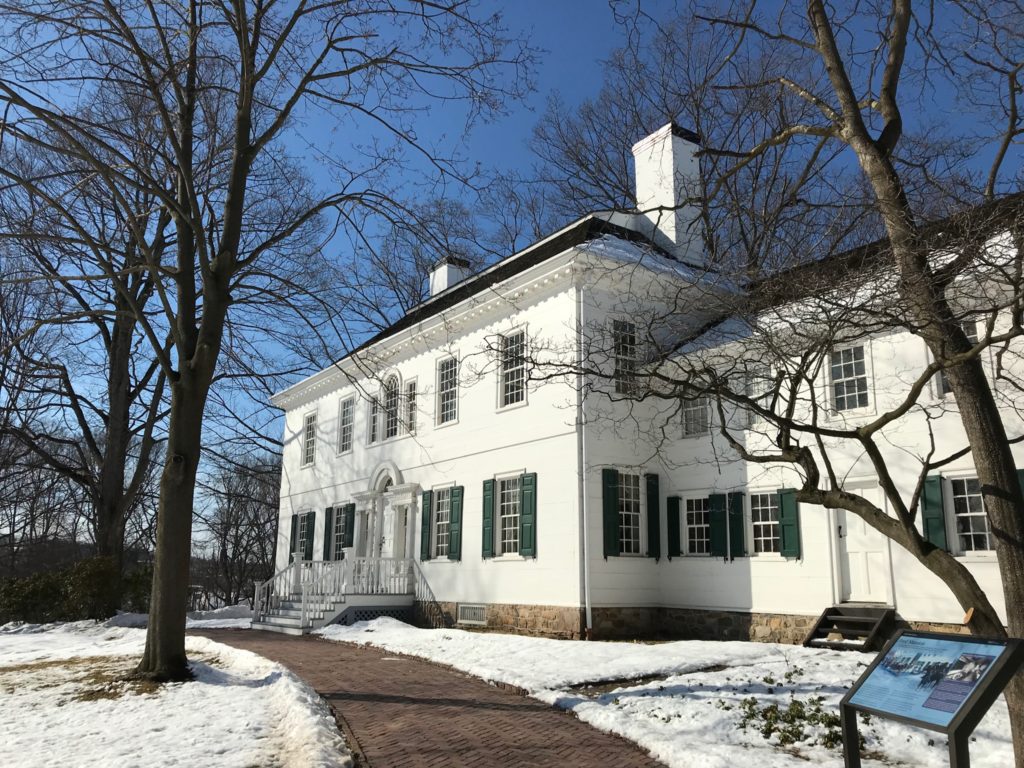

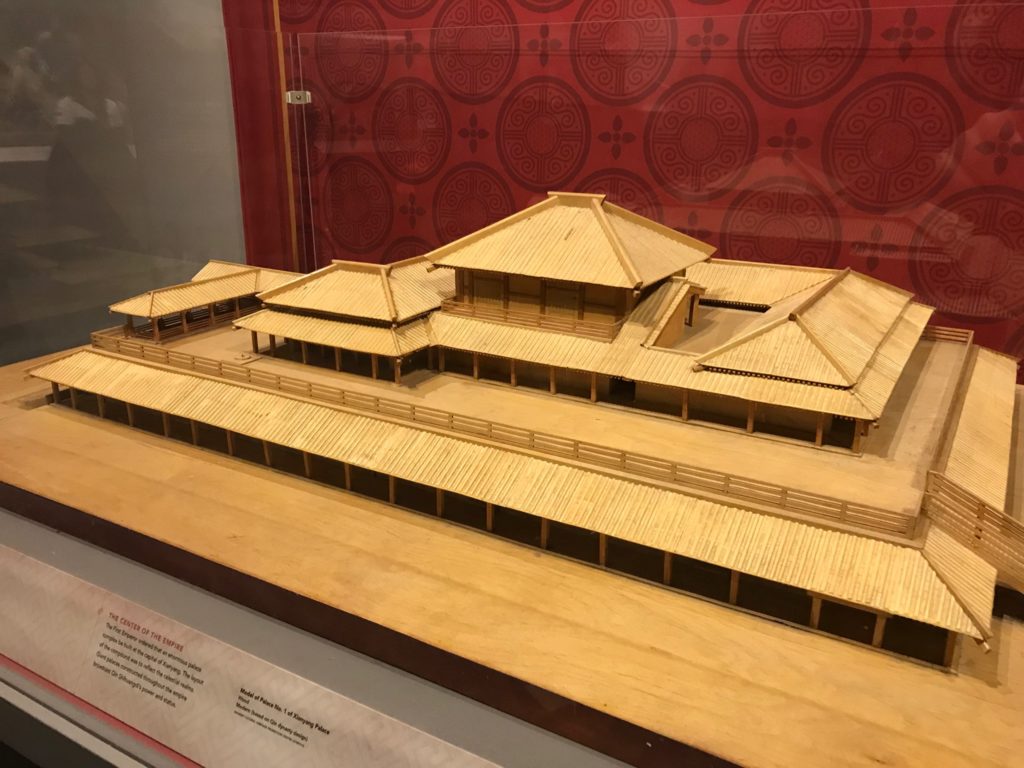
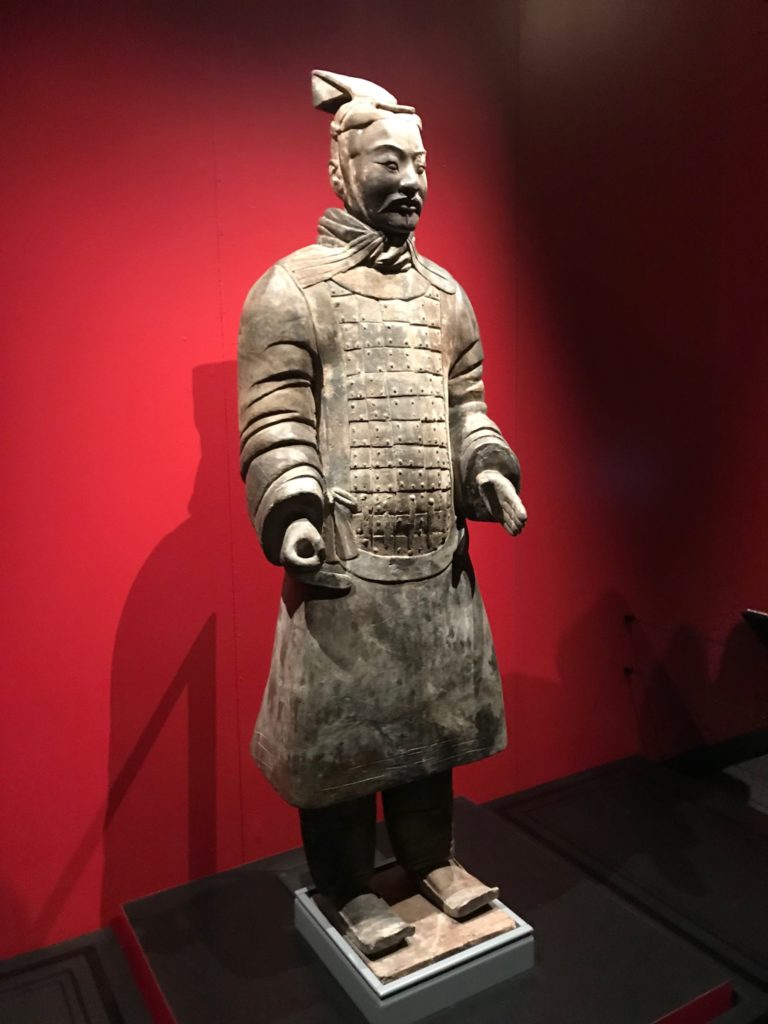

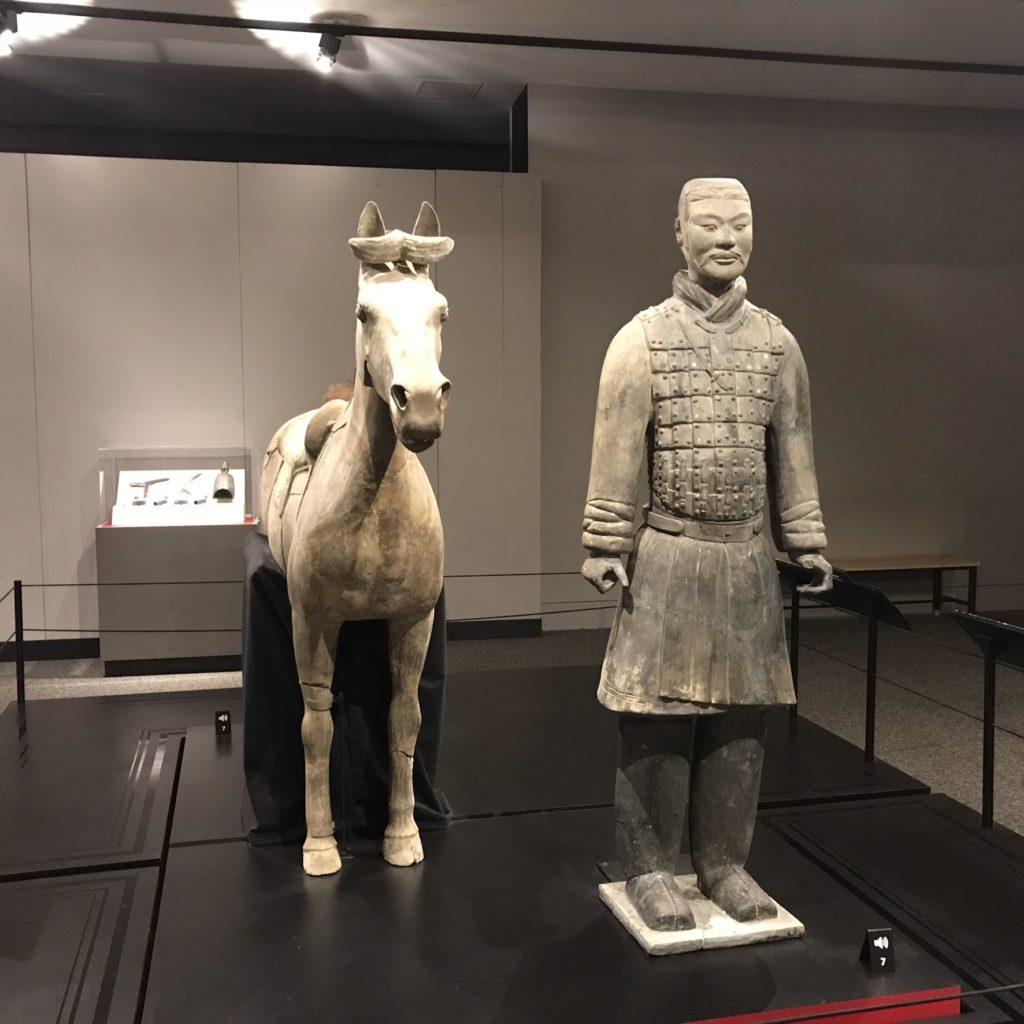
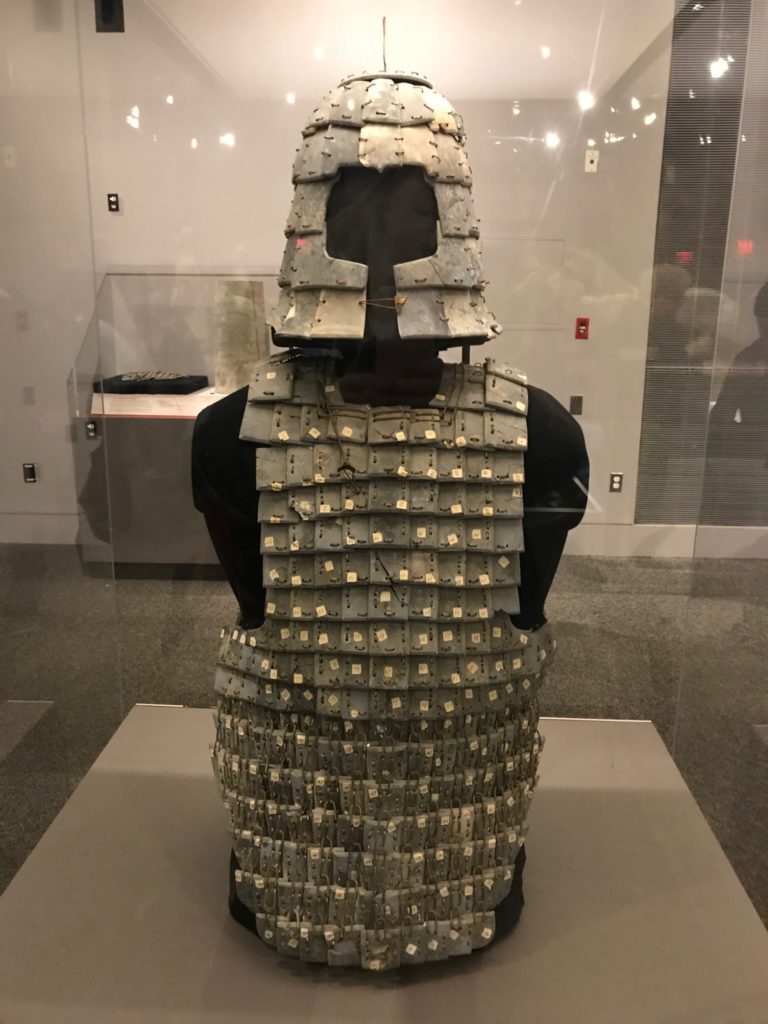
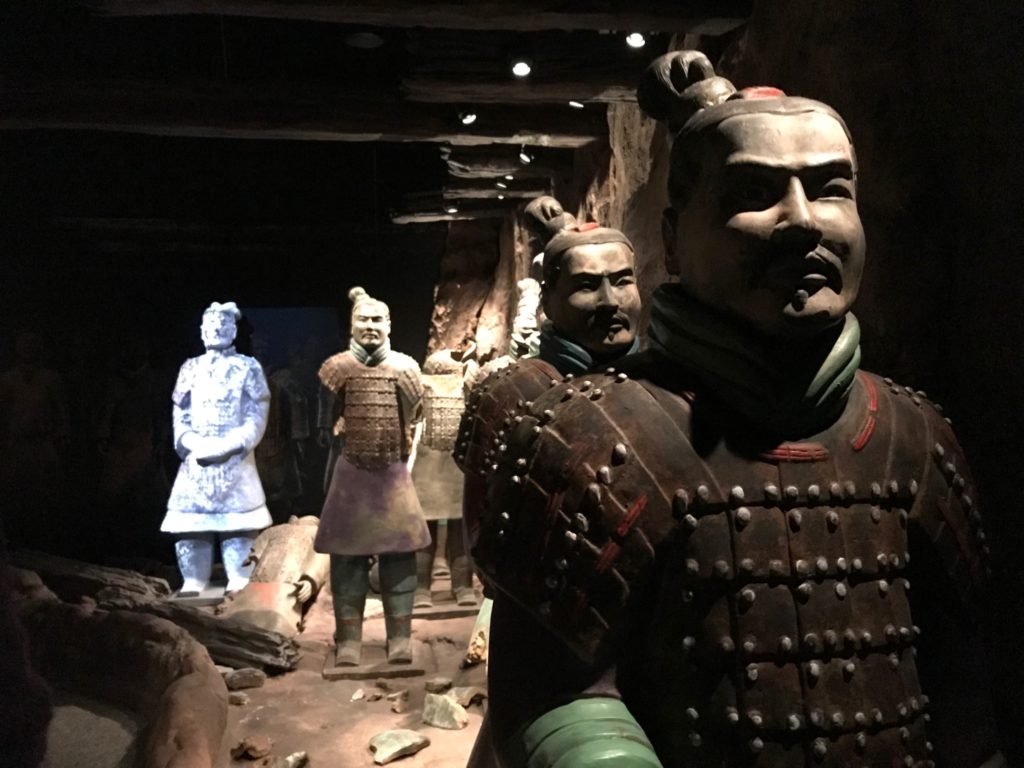

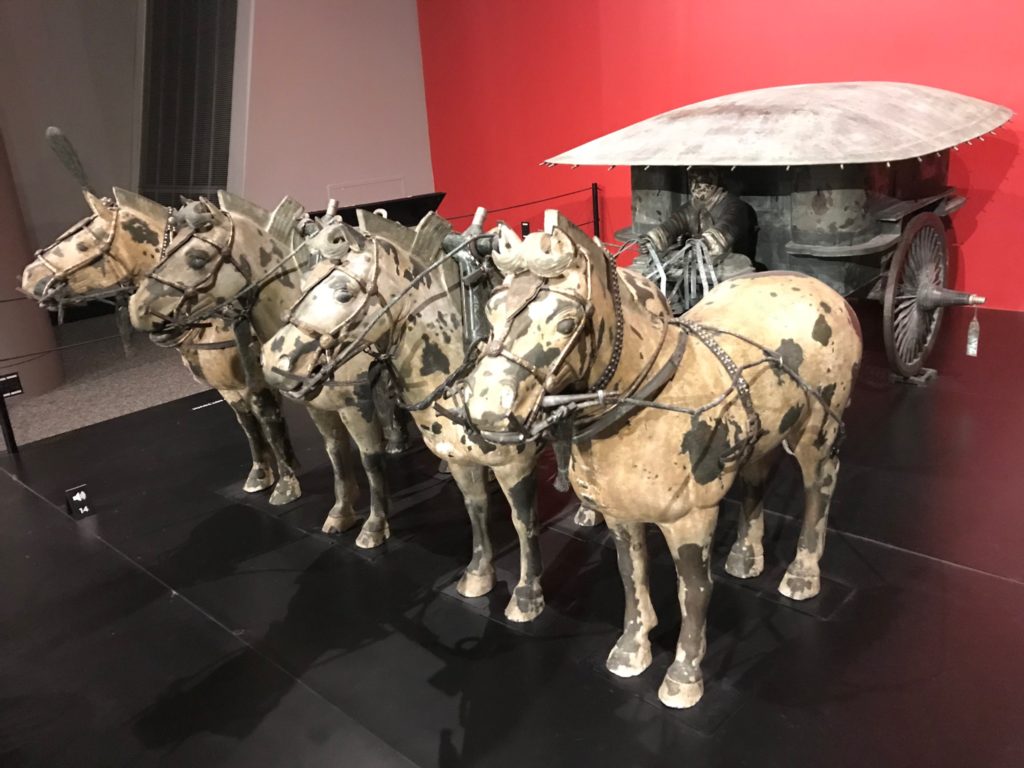
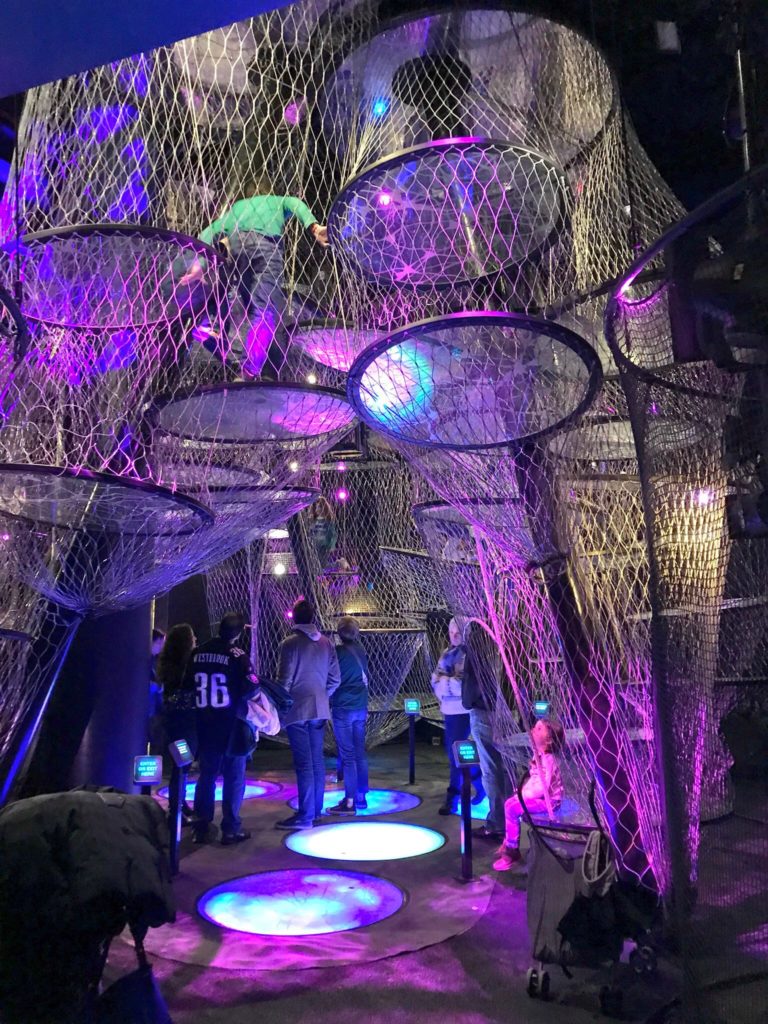
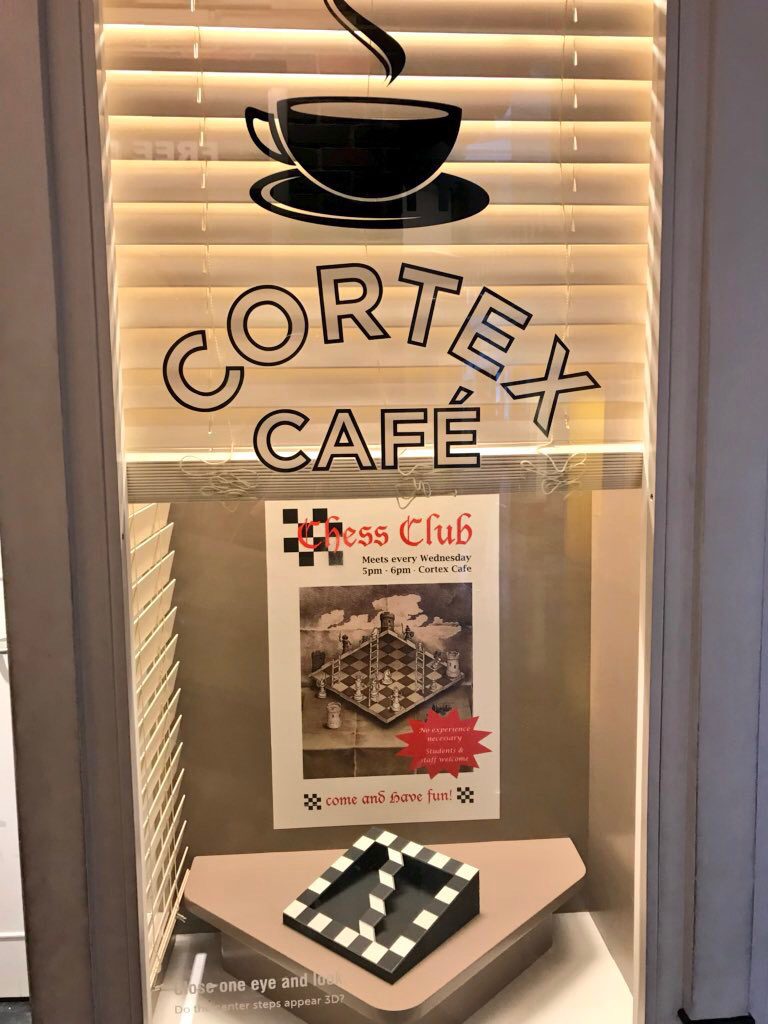
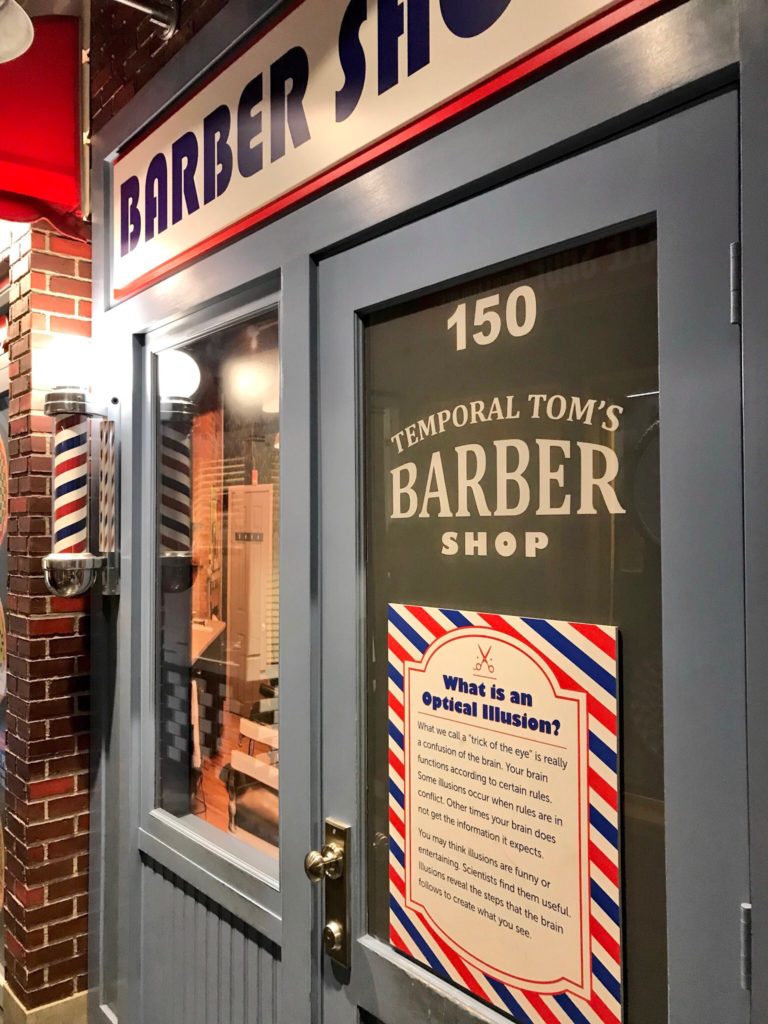
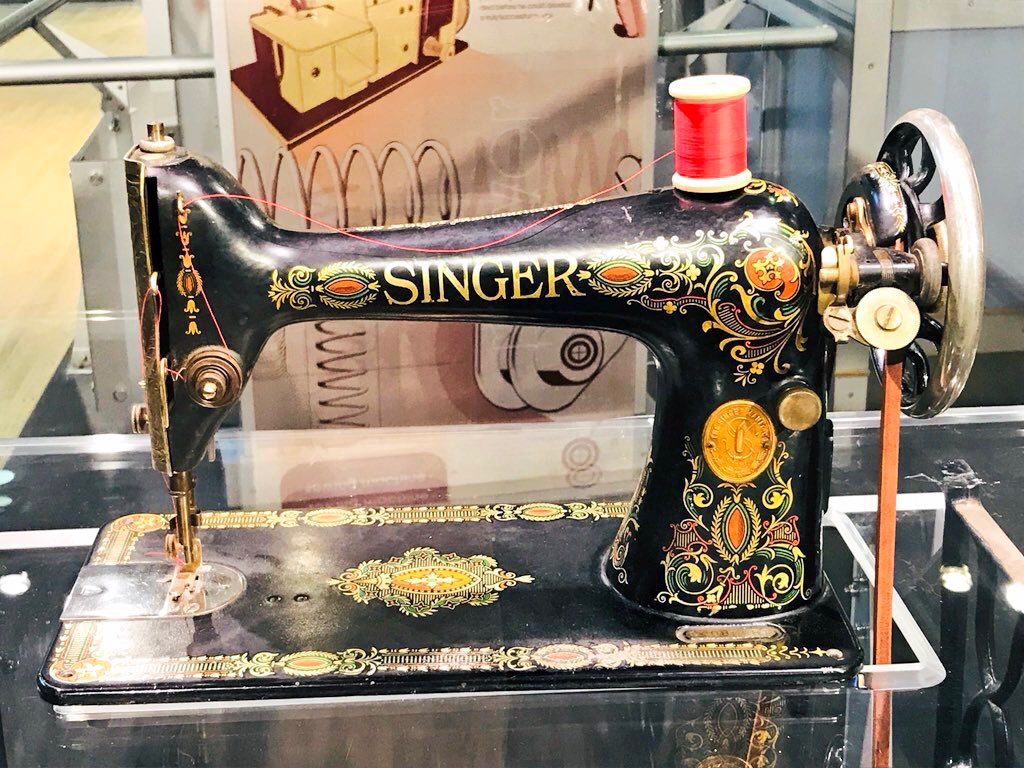


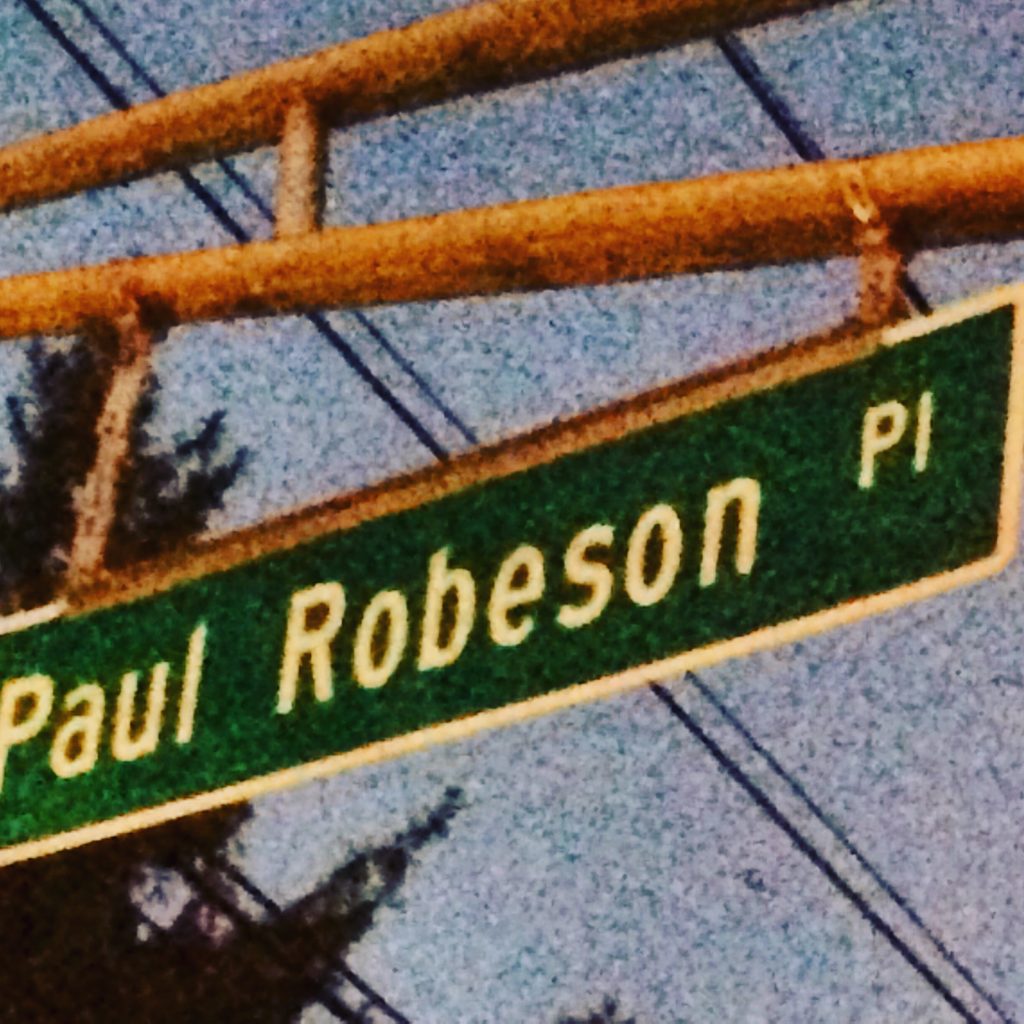

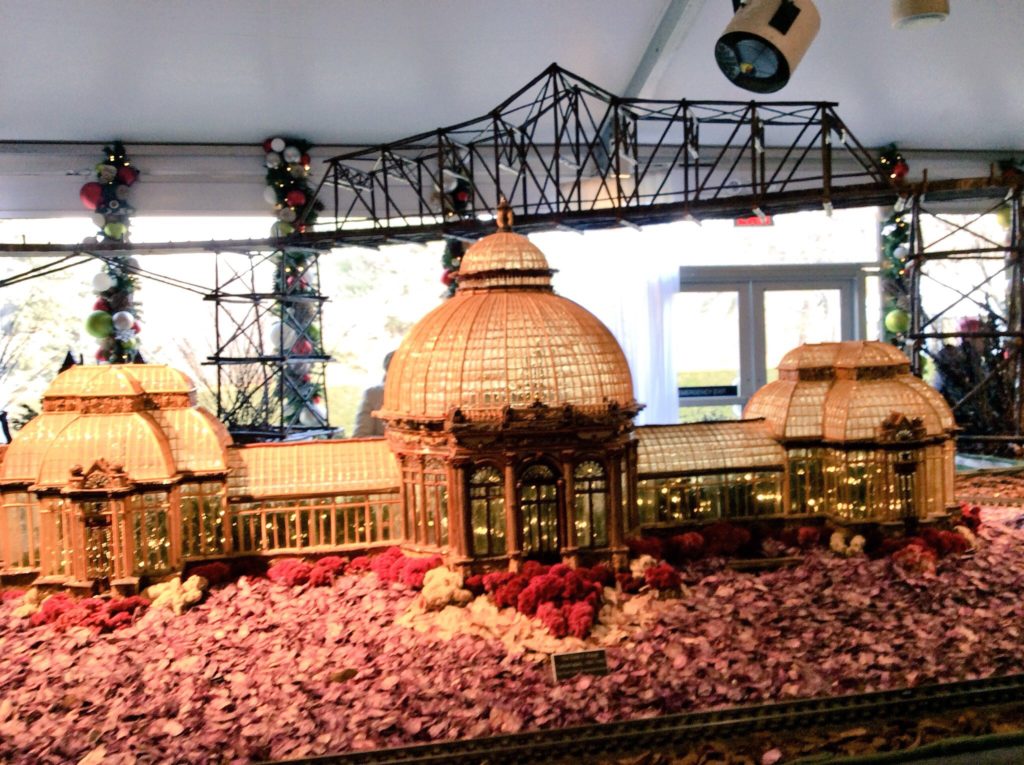
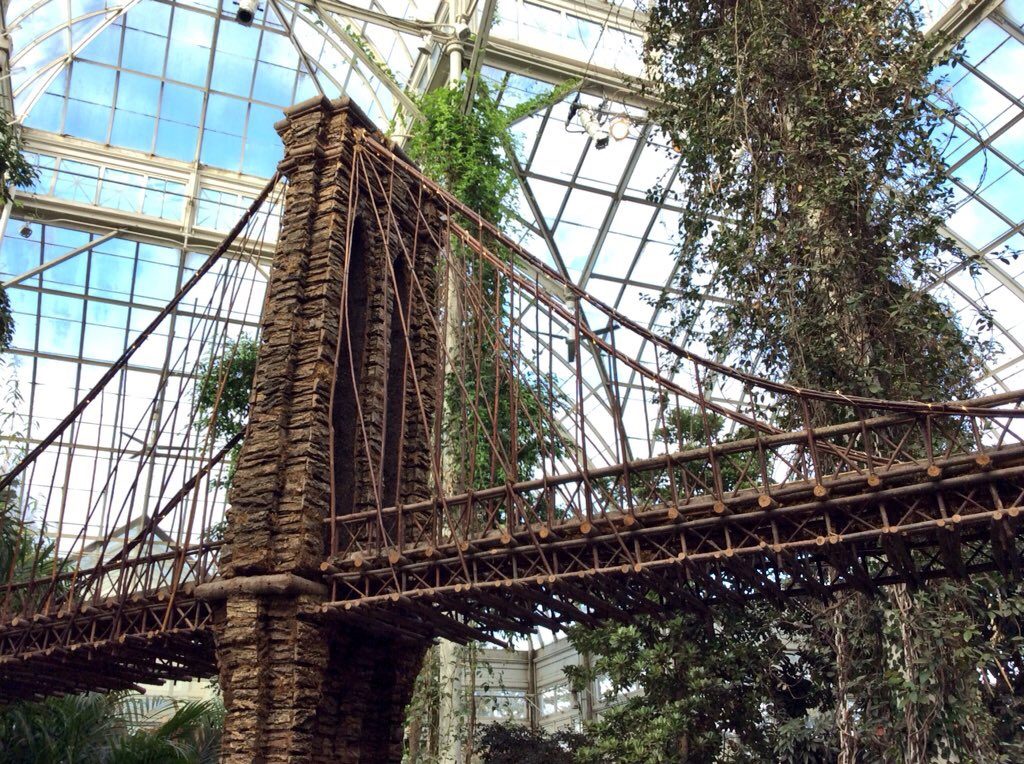

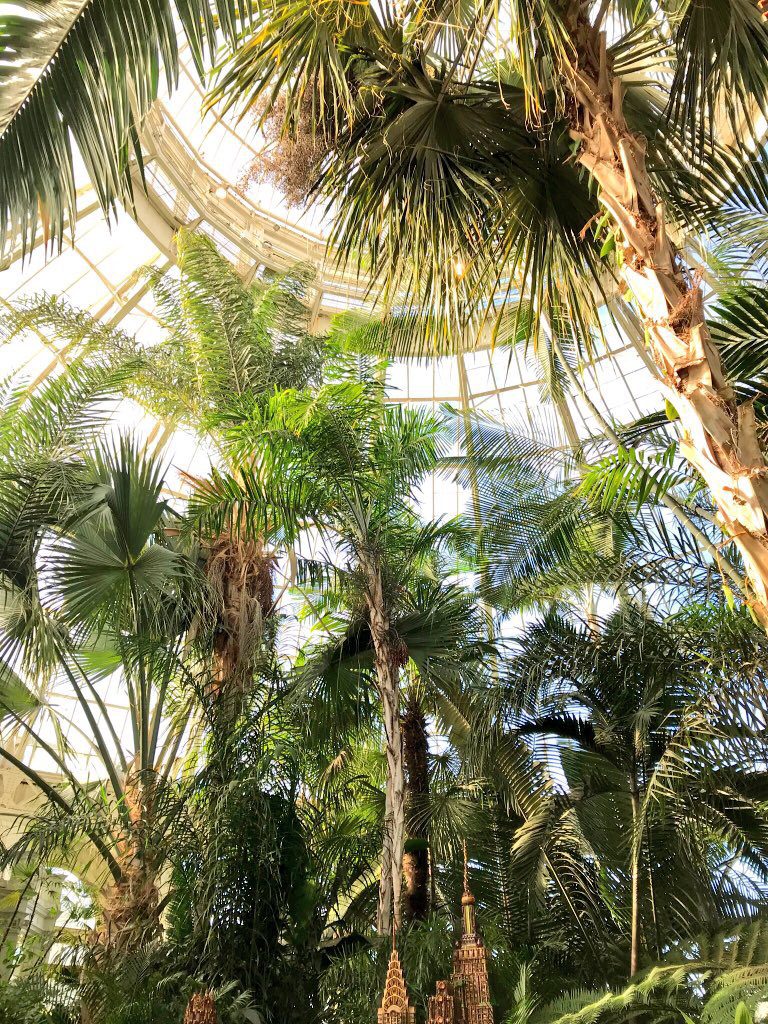
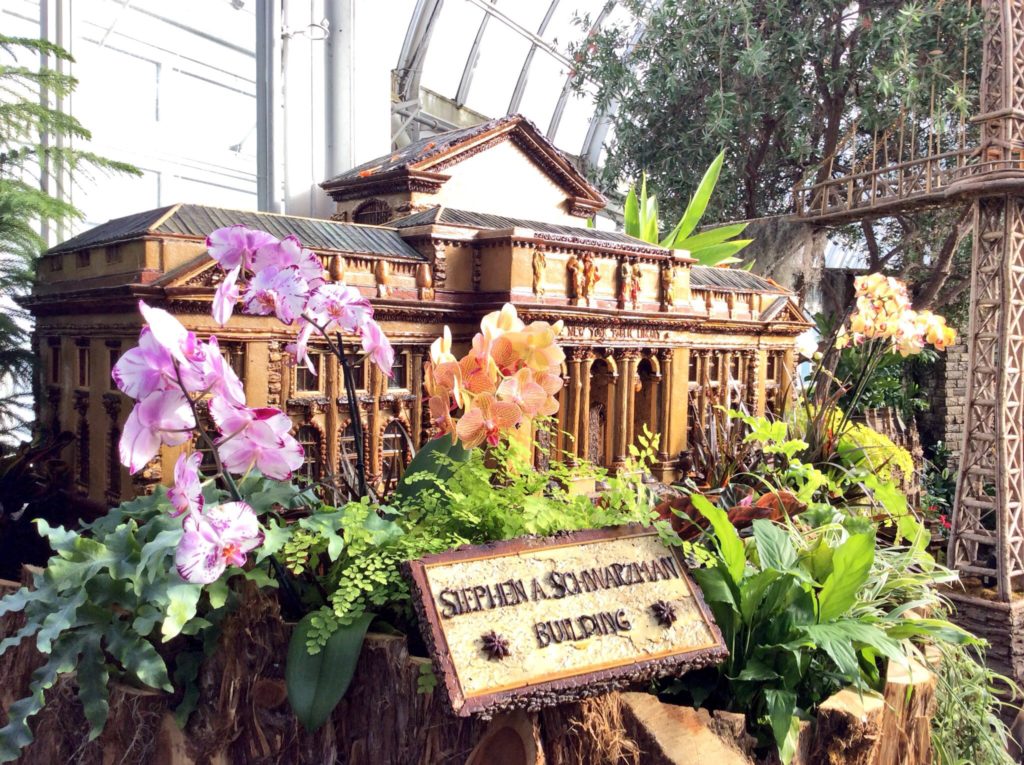

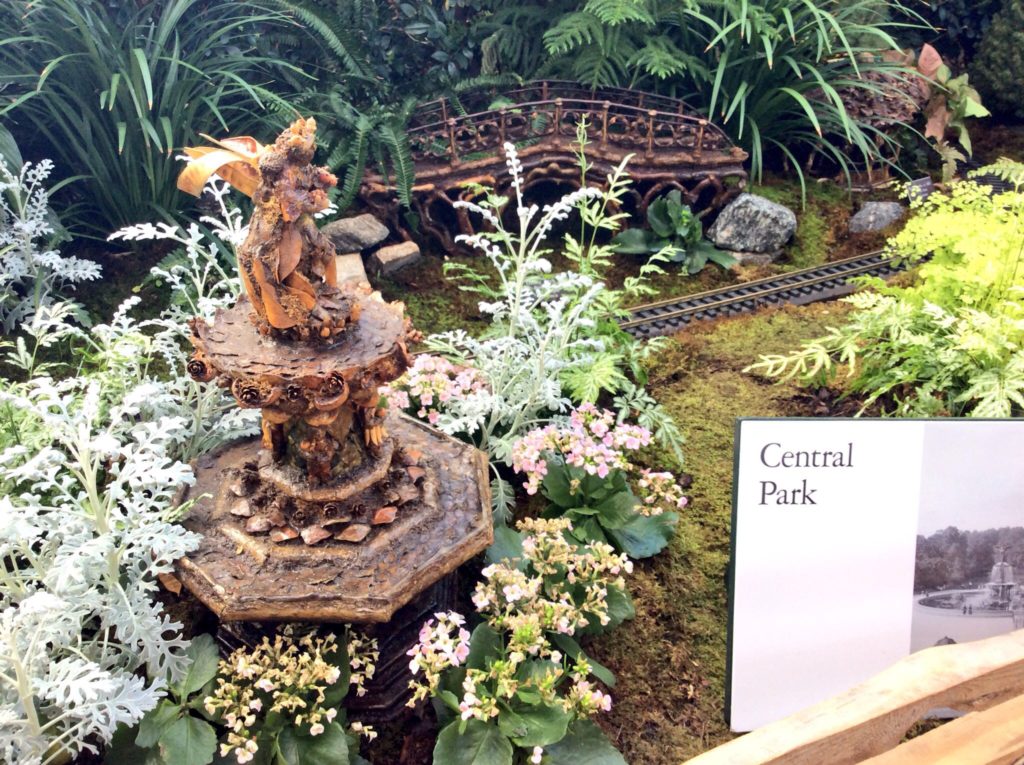
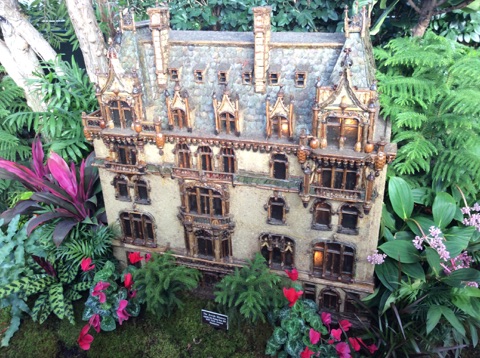

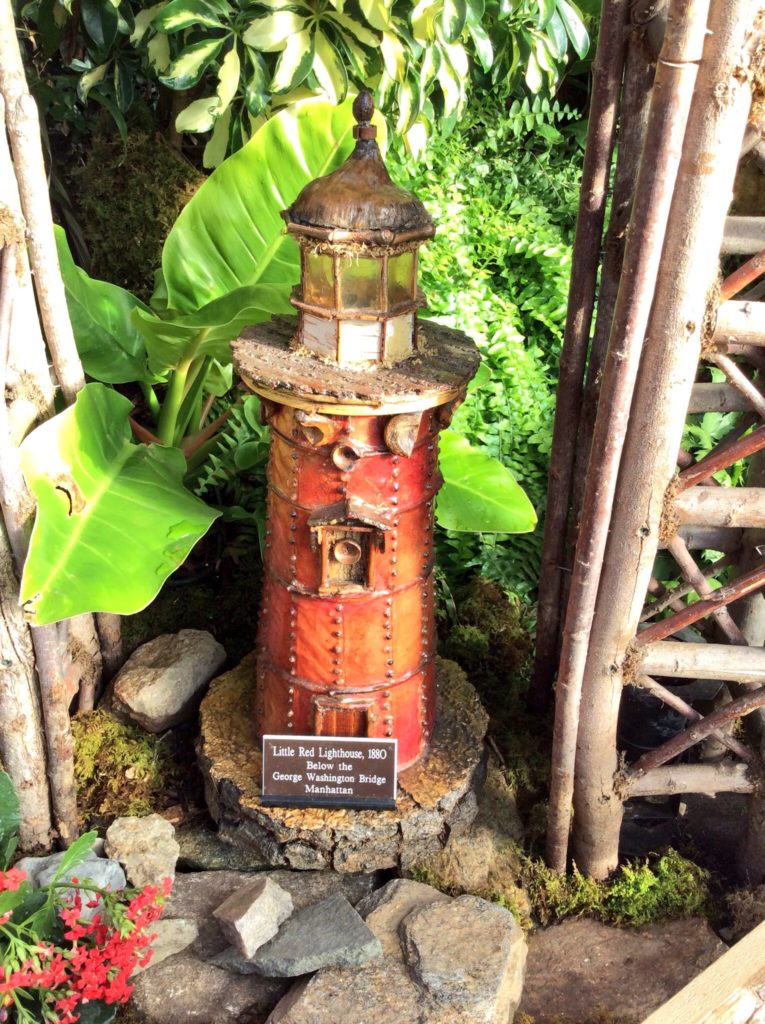


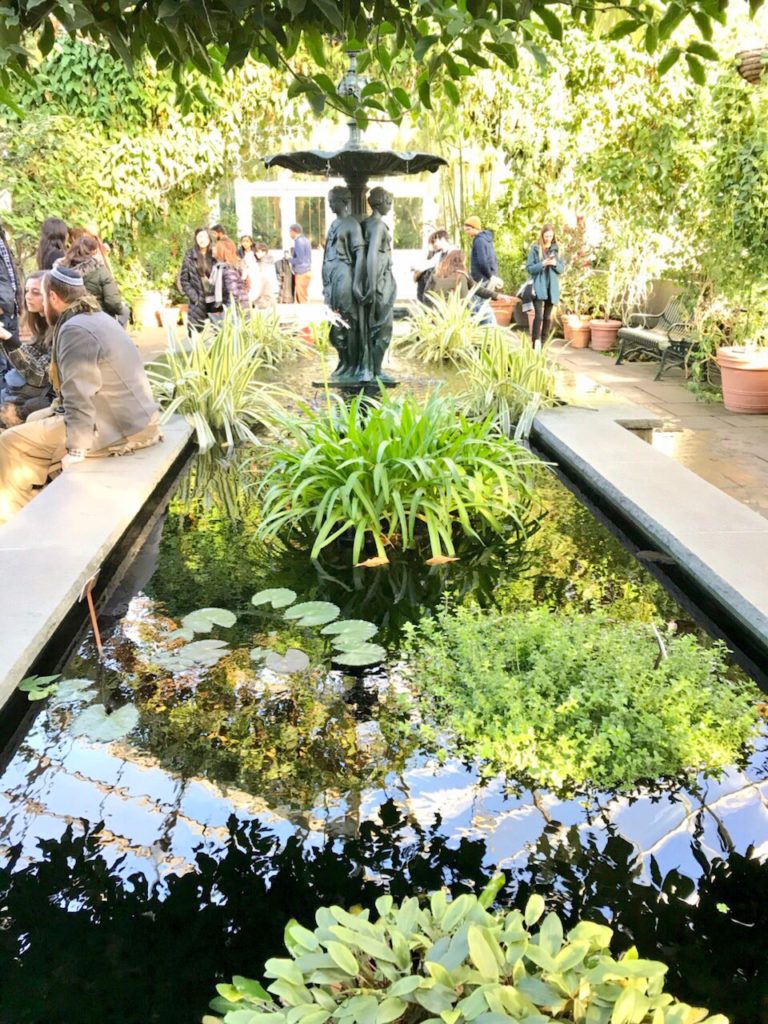

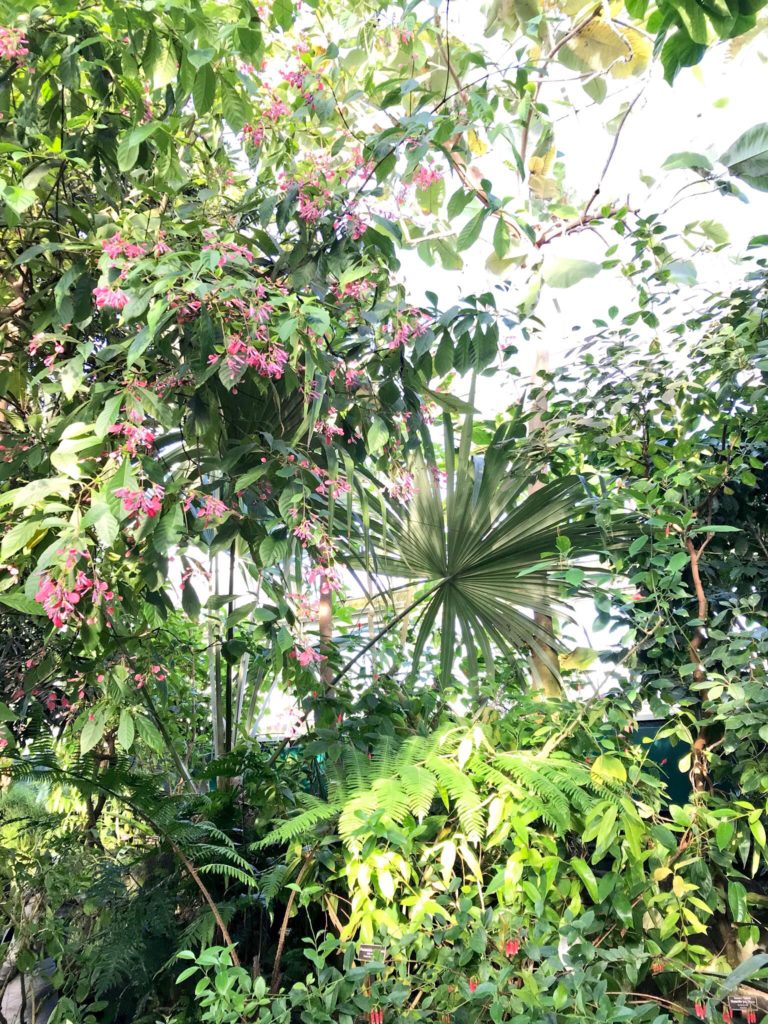
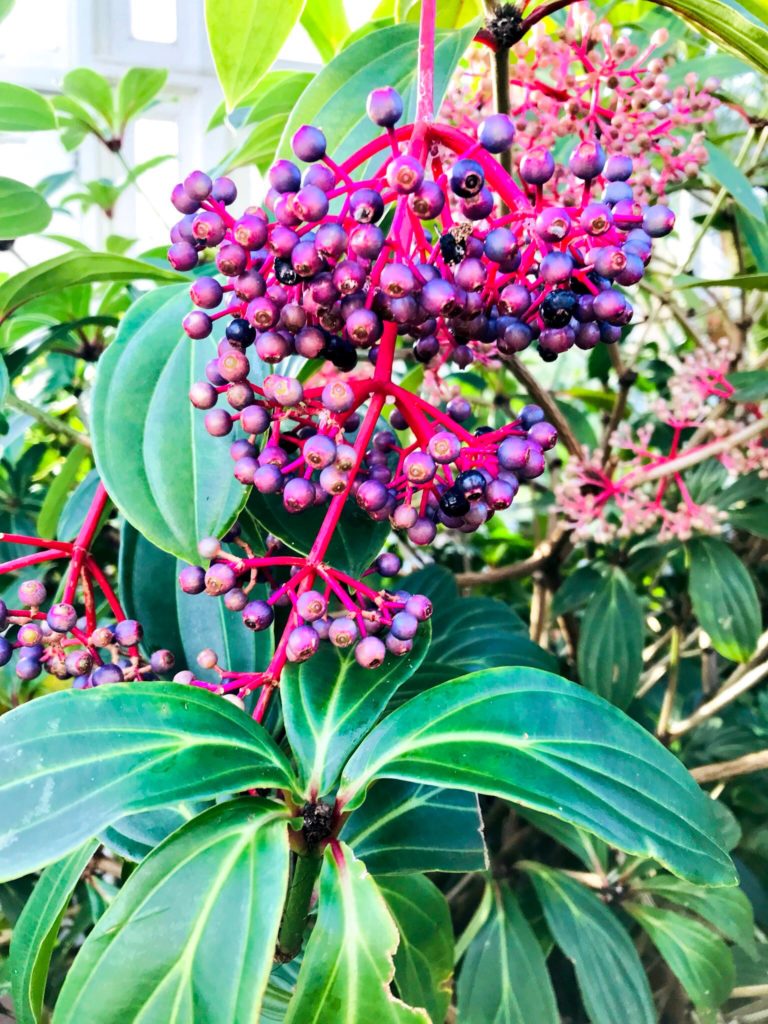
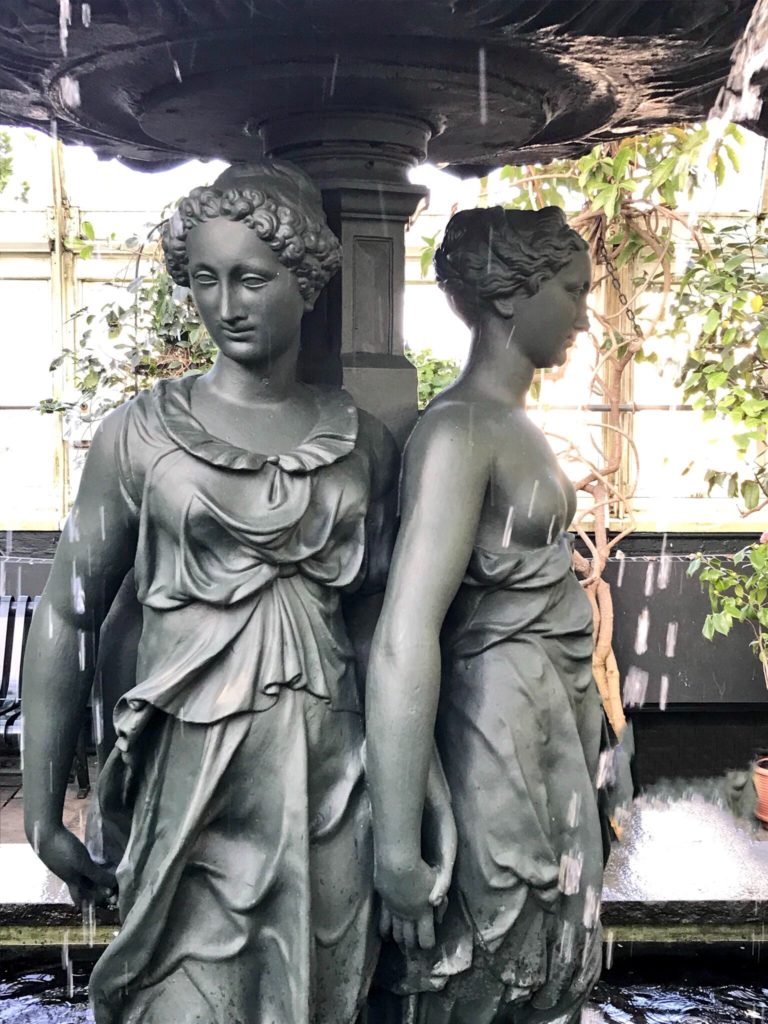
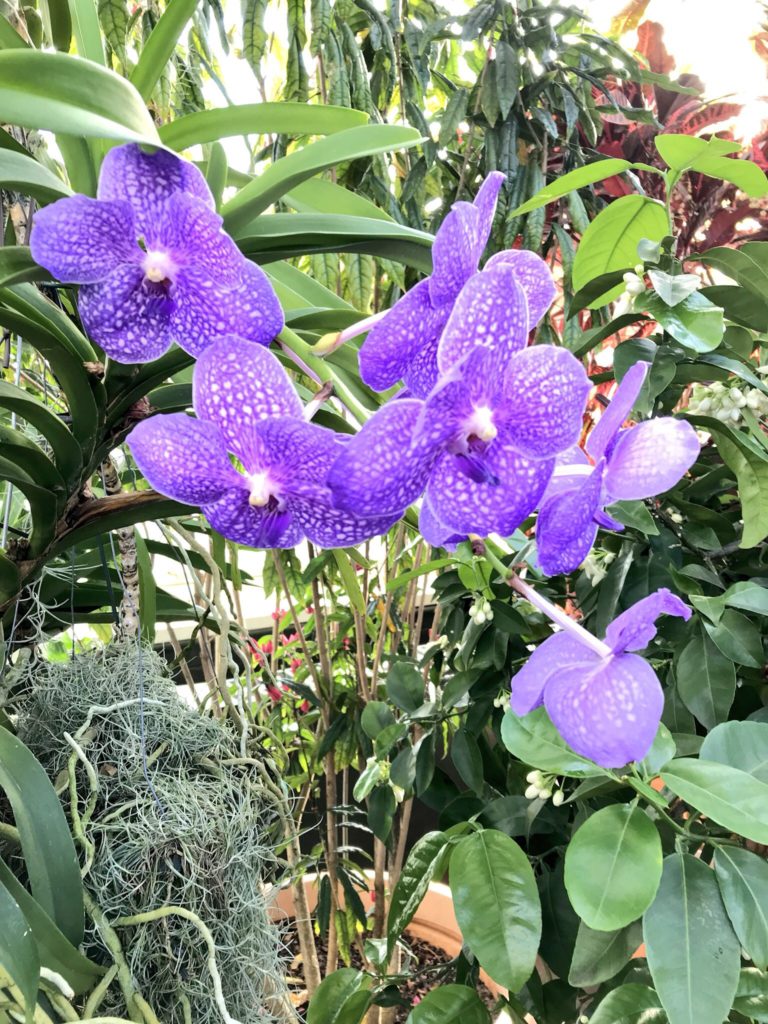
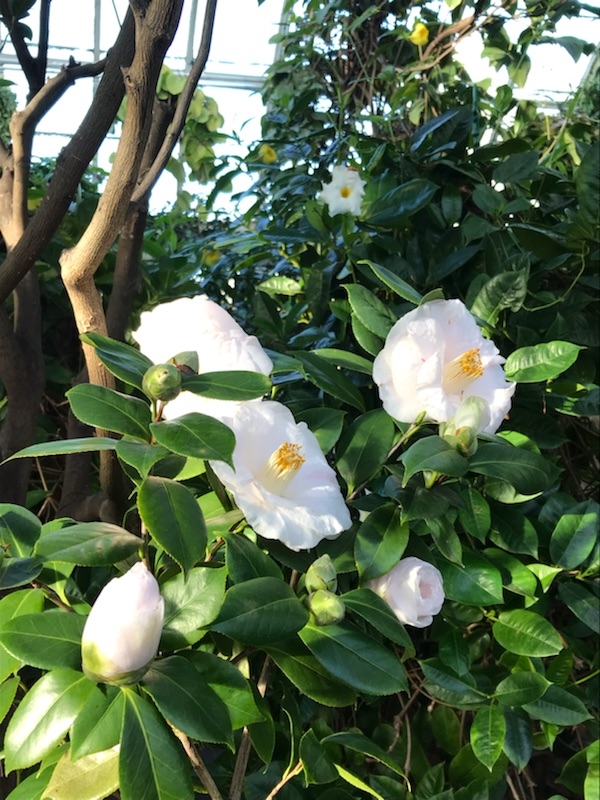
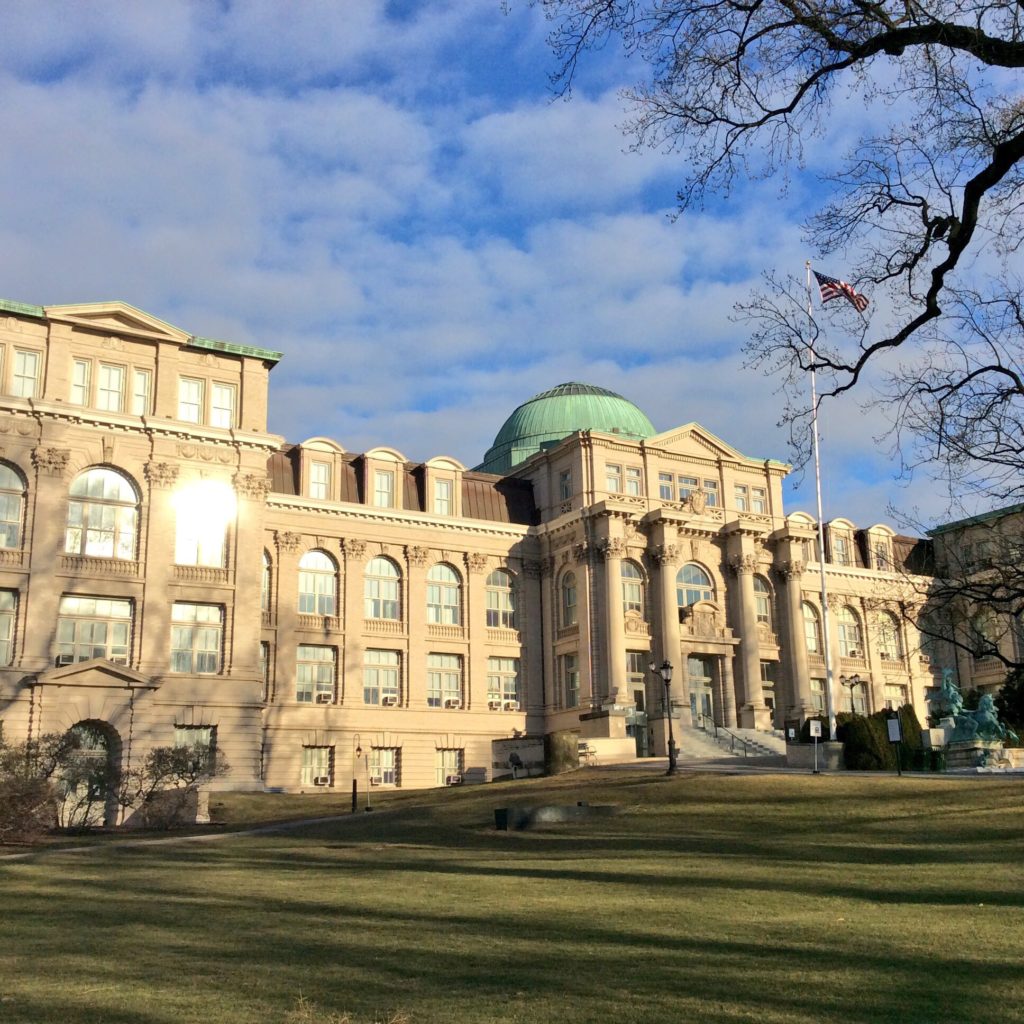
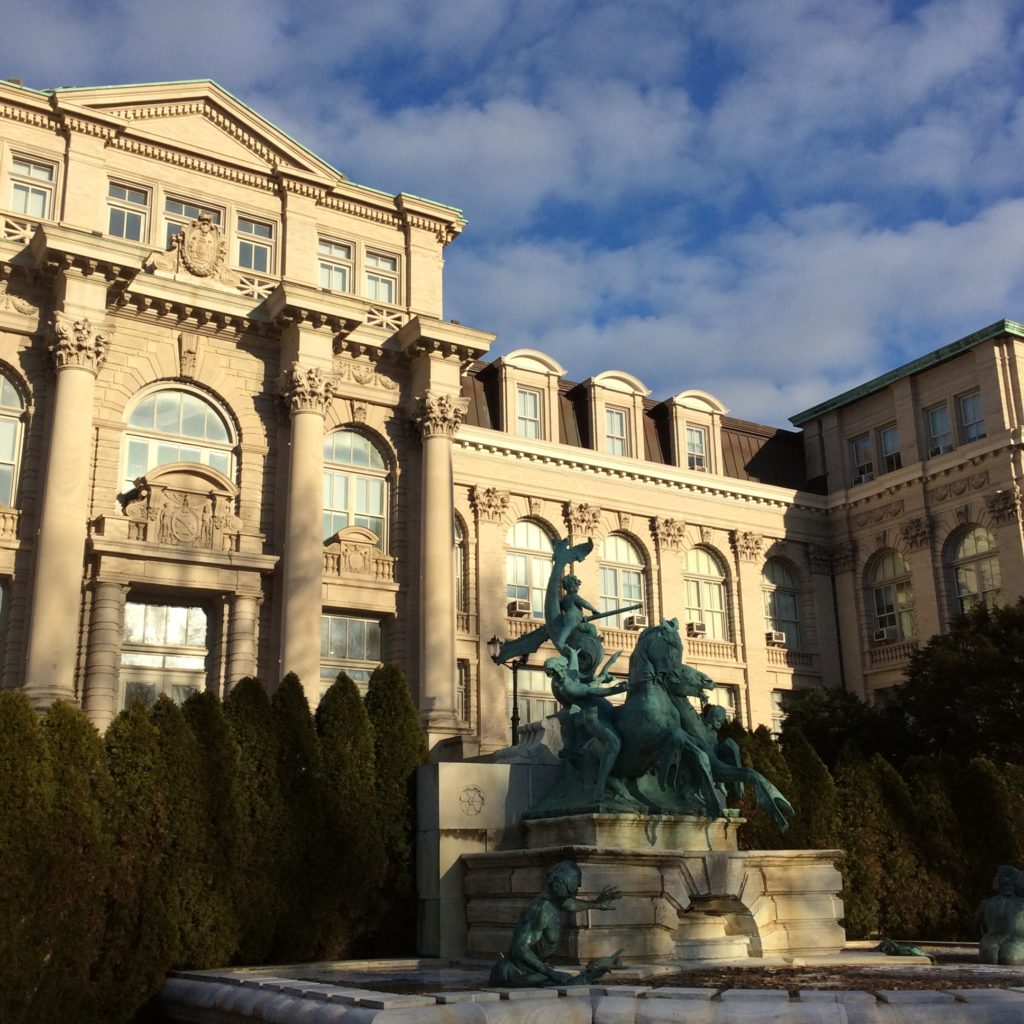 Helpful hints: When visiting a garden longer than 14 city blocks, bring good walking shoes or boots. A free tram regularly runs to create accessibility to the grounds. NYBG is directly accessible by public transportation and is only 20 minutes by train from Grand Central Station. Parking is cash only. The grounds are free to the public on Wednesdays and from 9-10 a.m. on Saturdays. New York City residents with proof of residency may receive a special rate for a grounds only pass as part of the IDNYC program. NYBG also participates in New York City Getaways program, Cool Culture, and Blue Star Museums (Memorial to Labor Day) as well as complimentary admission to American Horticultural Society and other garden and museum members. AAA, WNET Channel THIRTEEN members, Fordham University, and Yankee Stadium tour tickets also bring discounts. For more details on eligibility, events, and ways to support, visit: nybg.org. (Sources: nybg.org, tclf.org, amny.com, nyc.gov, nytimes.com, thirteen.com, smithsonian.com, tripadvisor.com, Wiki).
Helpful hints: When visiting a garden longer than 14 city blocks, bring good walking shoes or boots. A free tram regularly runs to create accessibility to the grounds. NYBG is directly accessible by public transportation and is only 20 minutes by train from Grand Central Station. Parking is cash only. The grounds are free to the public on Wednesdays and from 9-10 a.m. on Saturdays. New York City residents with proof of residency may receive a special rate for a grounds only pass as part of the IDNYC program. NYBG also participates in New York City Getaways program, Cool Culture, and Blue Star Museums (Memorial to Labor Day) as well as complimentary admission to American Horticultural Society and other garden and museum members. AAA, WNET Channel THIRTEEN members, Fordham University, and Yankee Stadium tour tickets also bring discounts. For more details on eligibility, events, and ways to support, visit: nybg.org. (Sources: nybg.org, tclf.org, amny.com, nyc.gov, nytimes.com, thirteen.com, smithsonian.com, tripadvisor.com, Wiki).